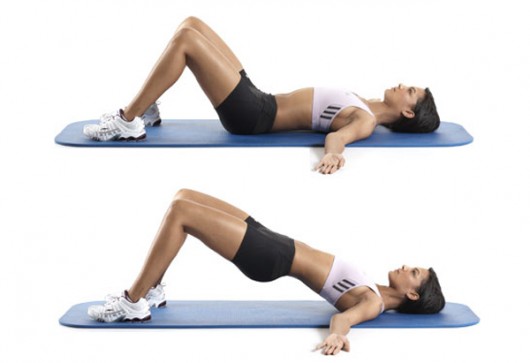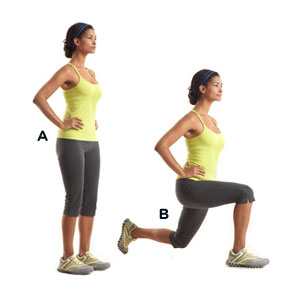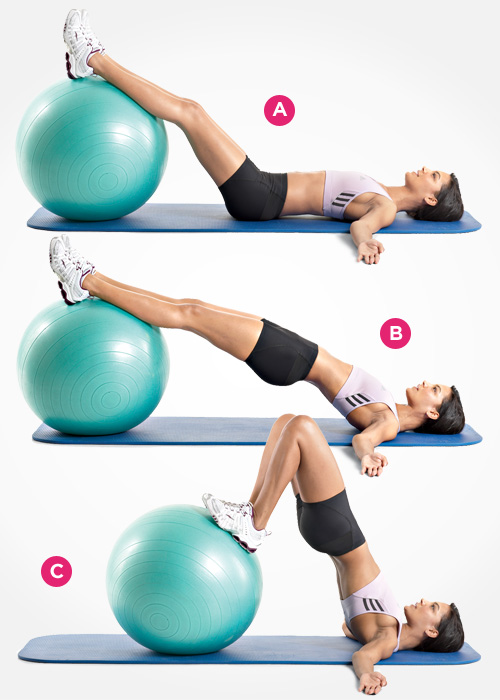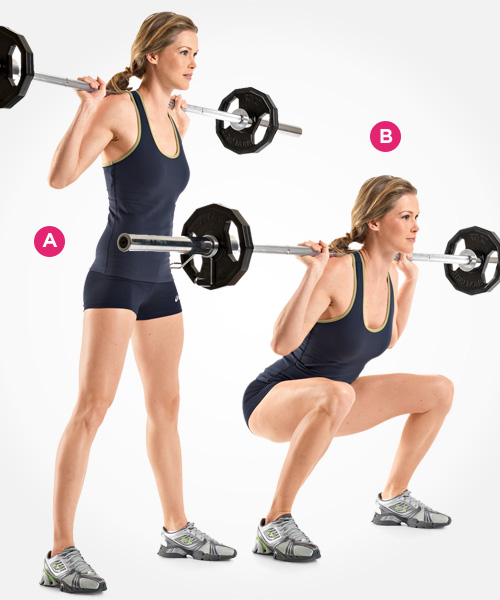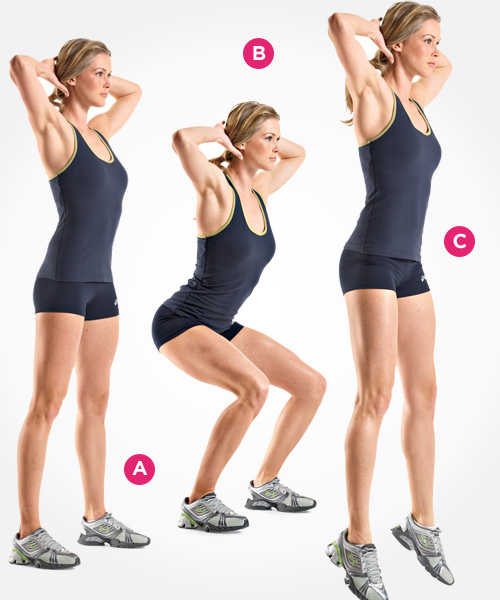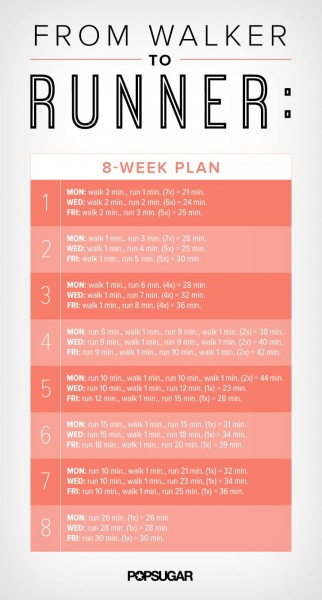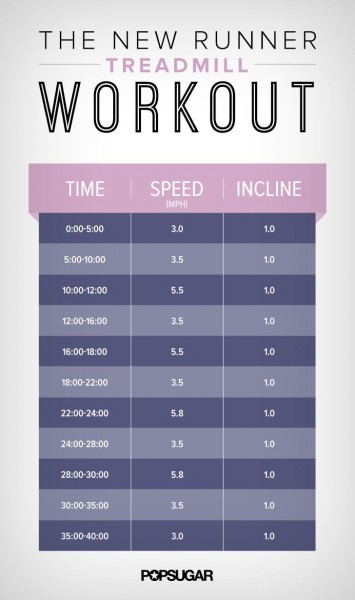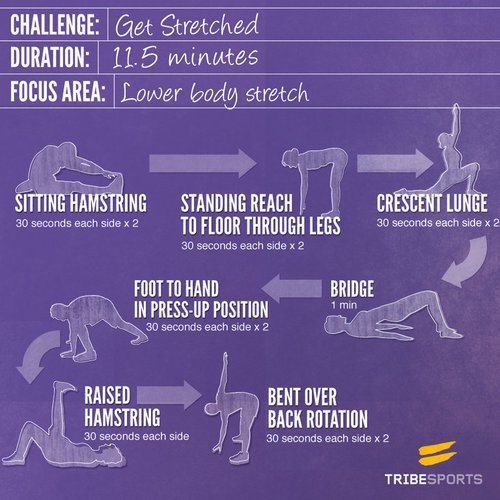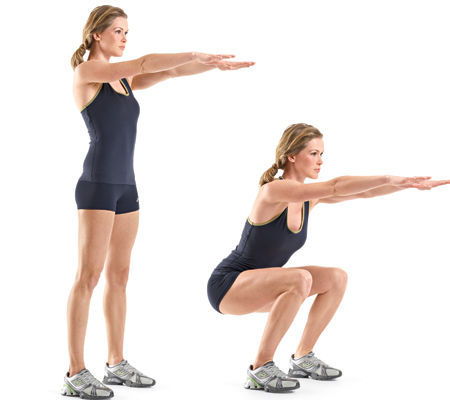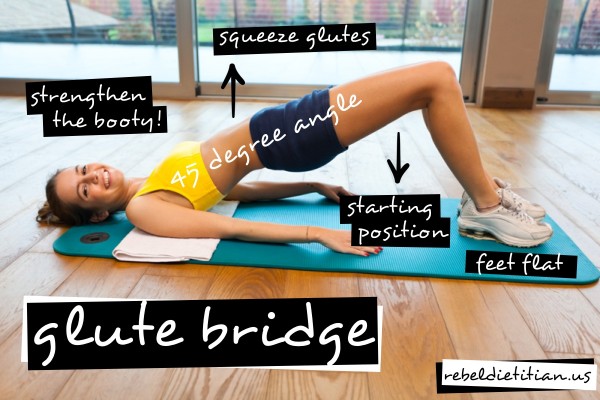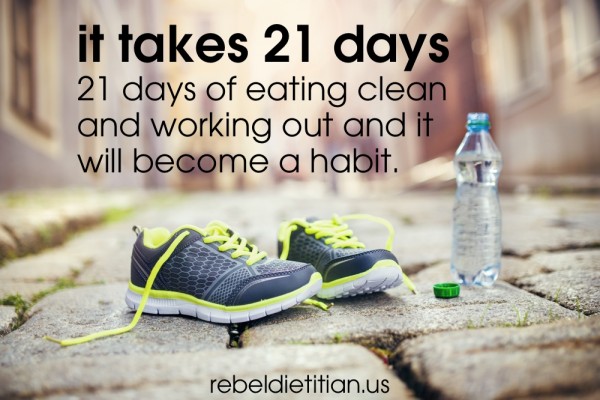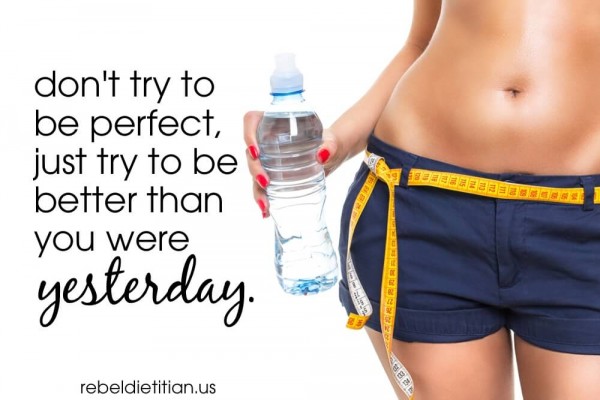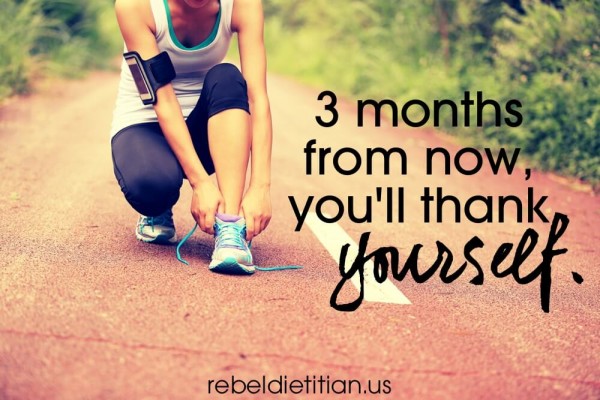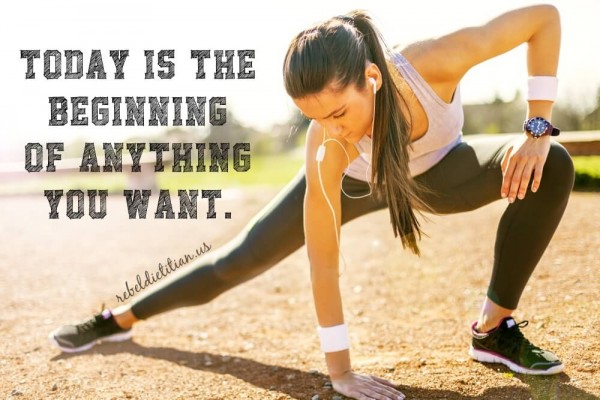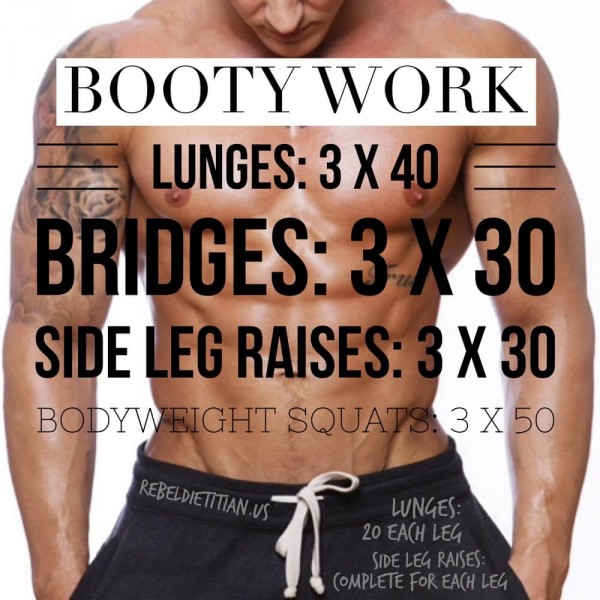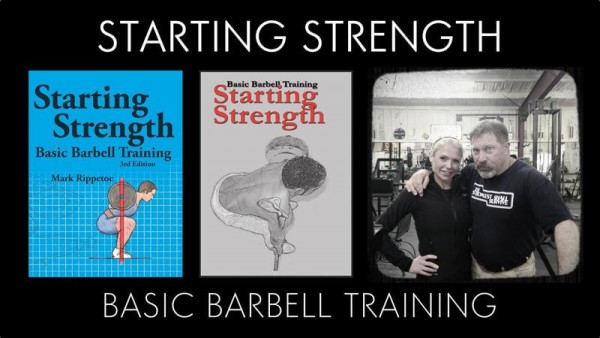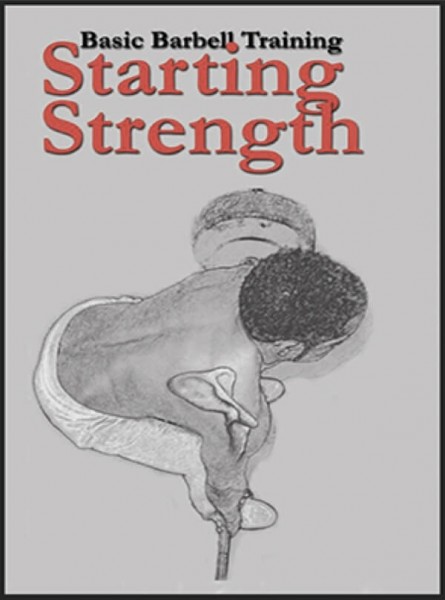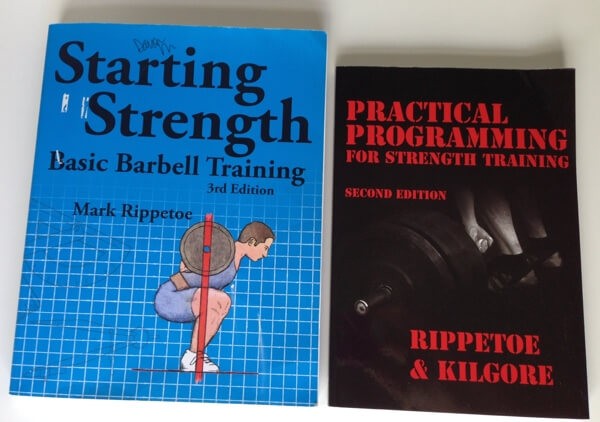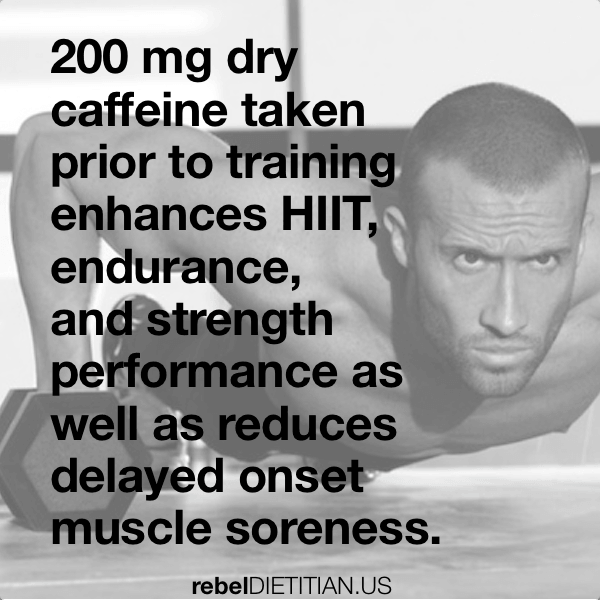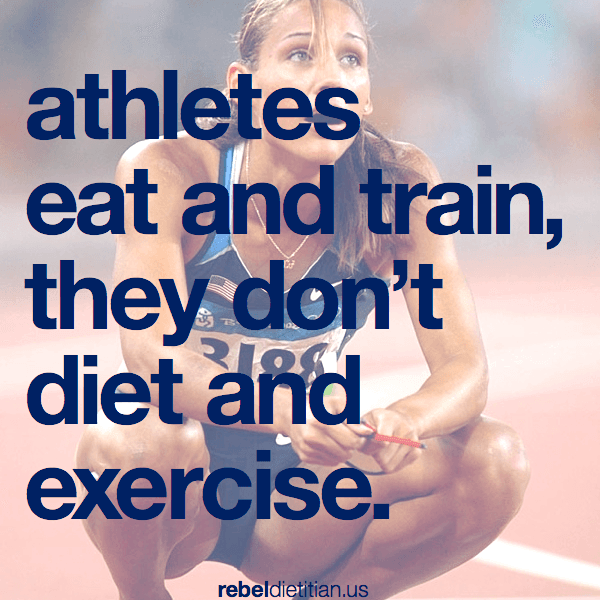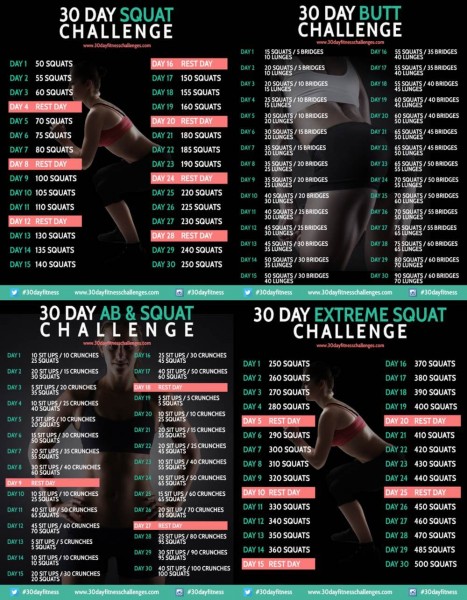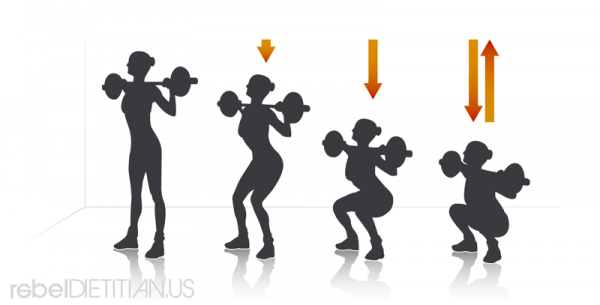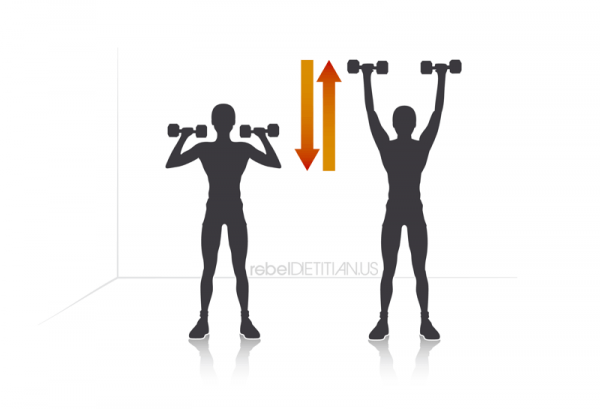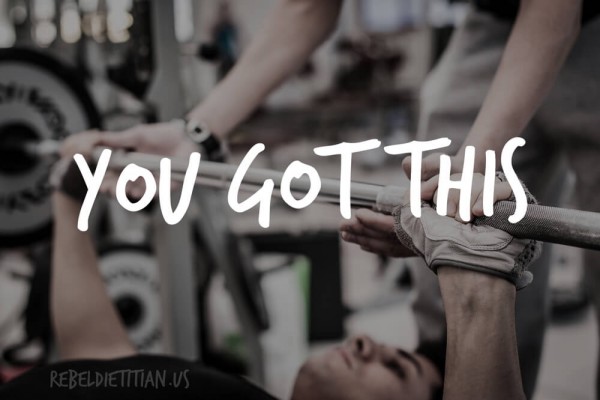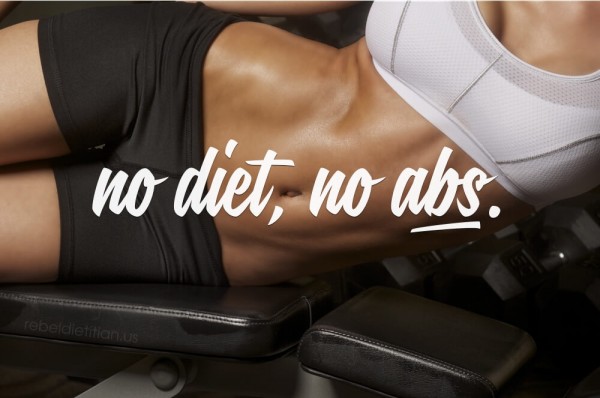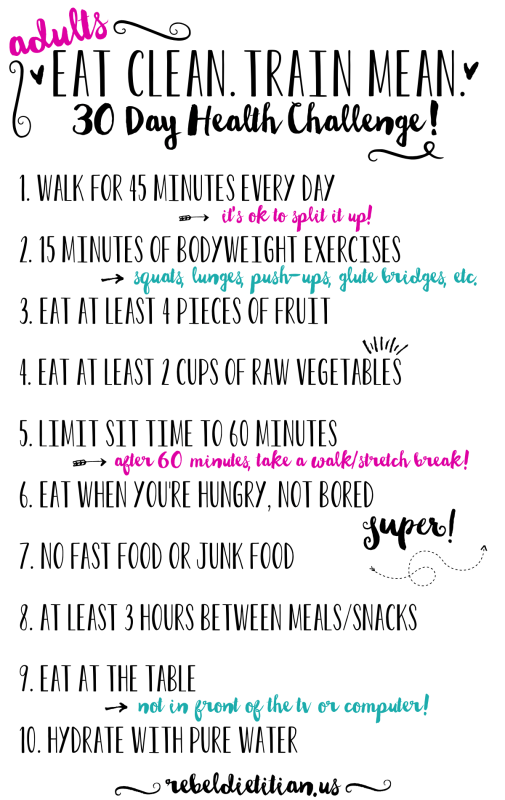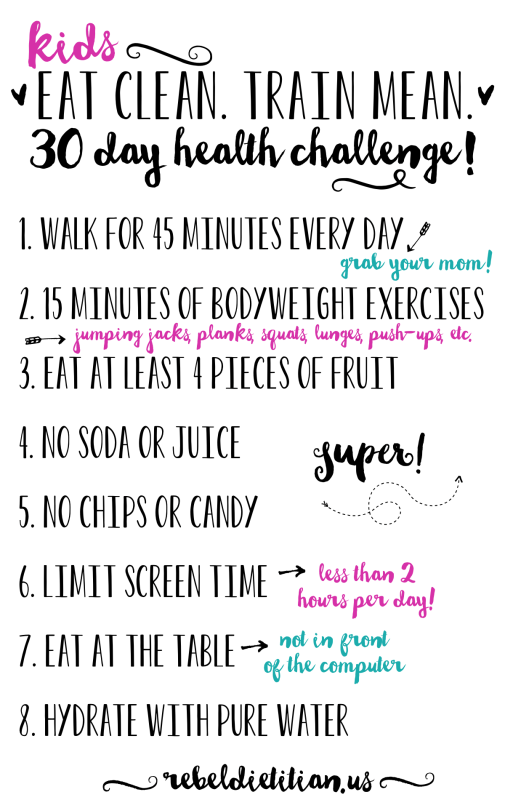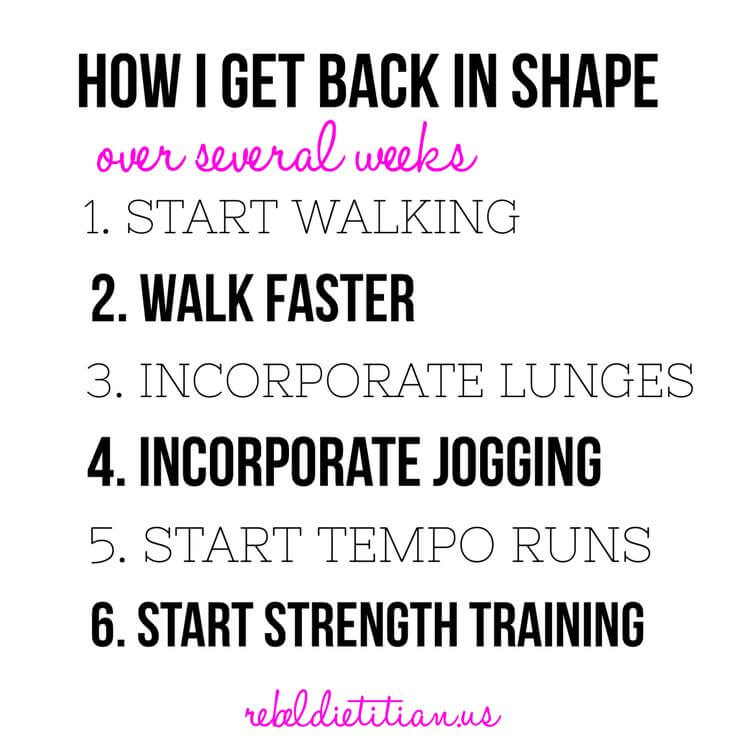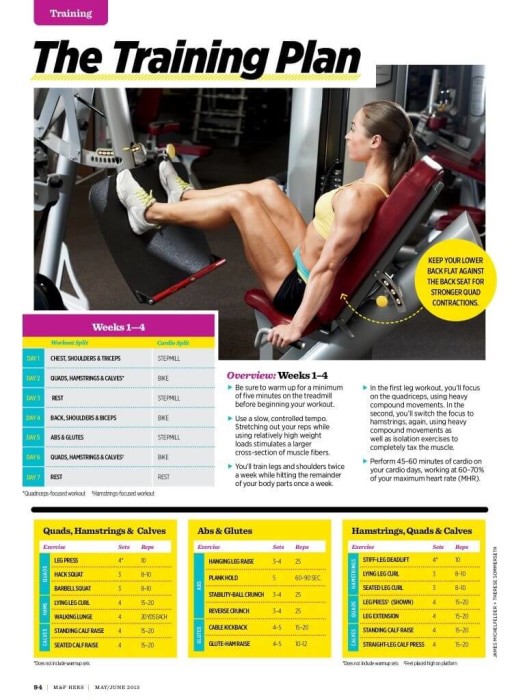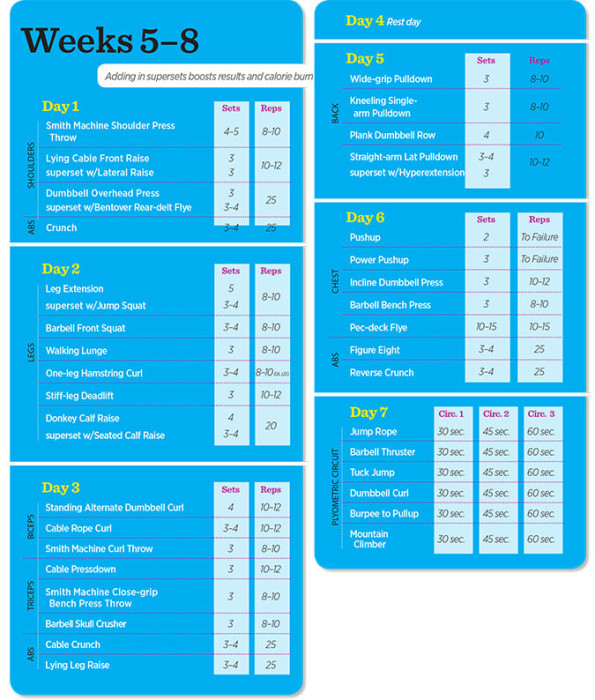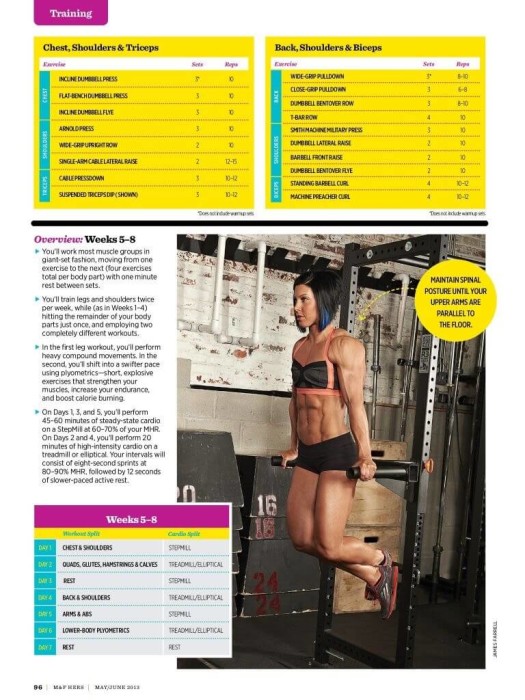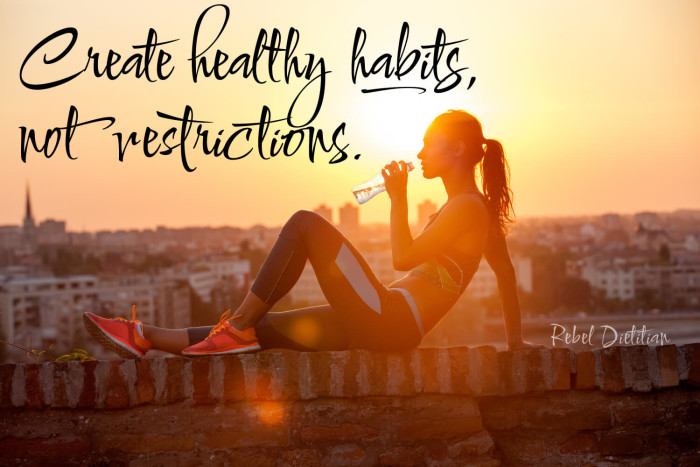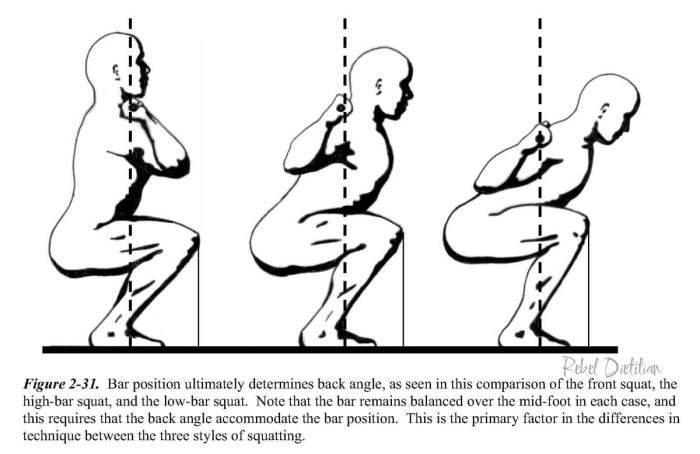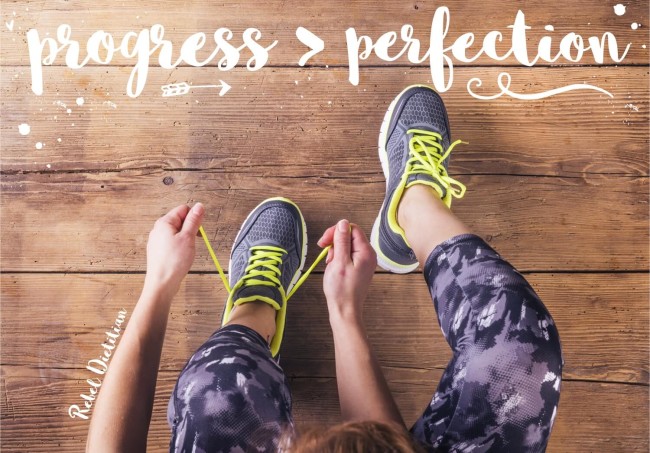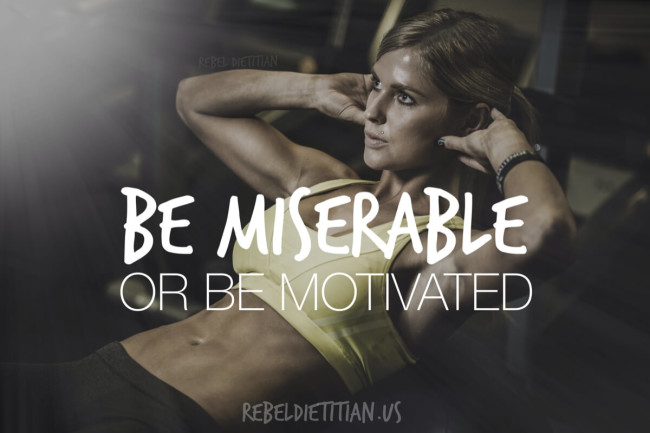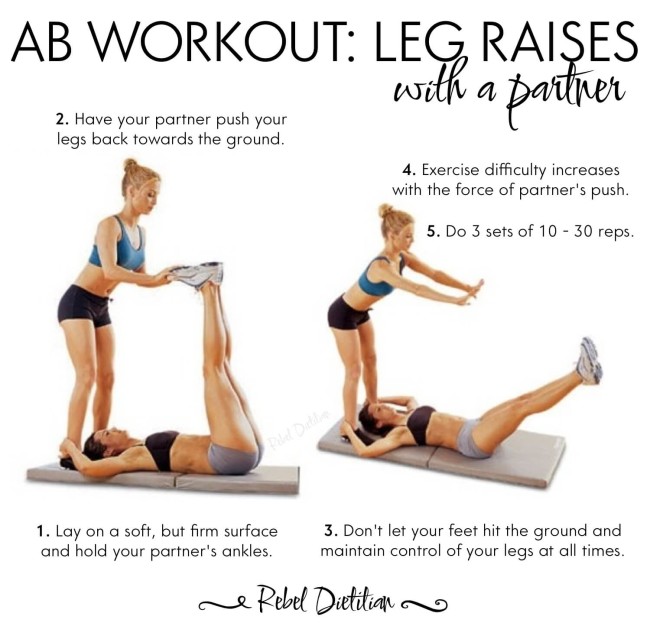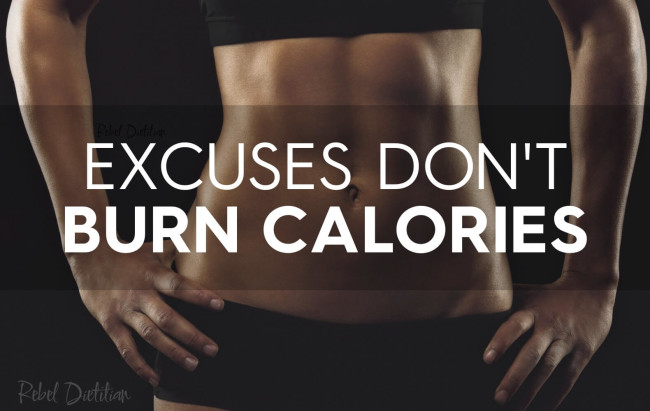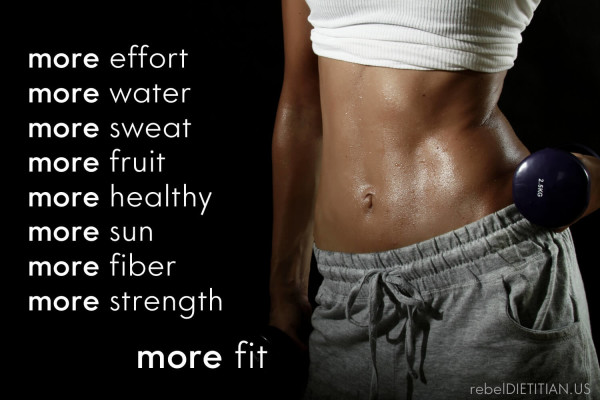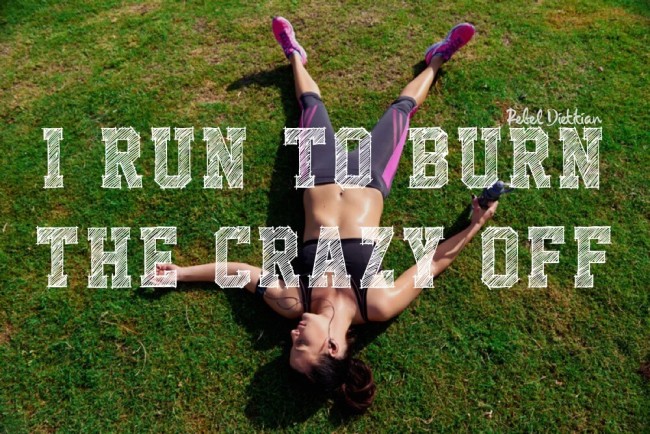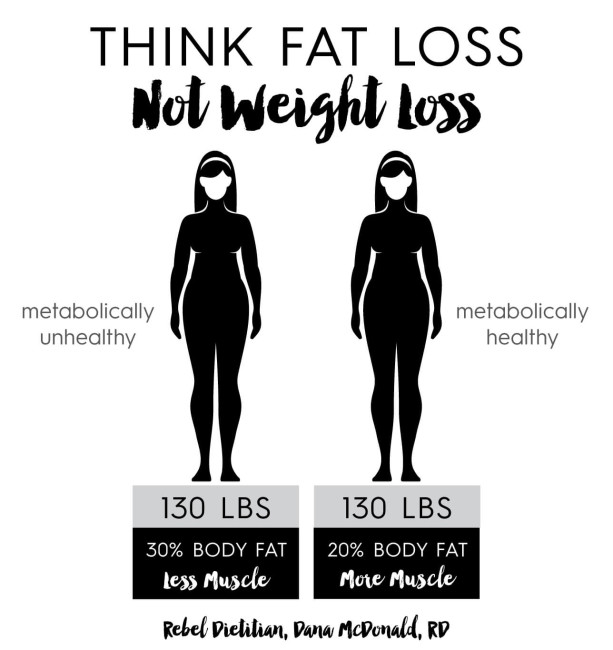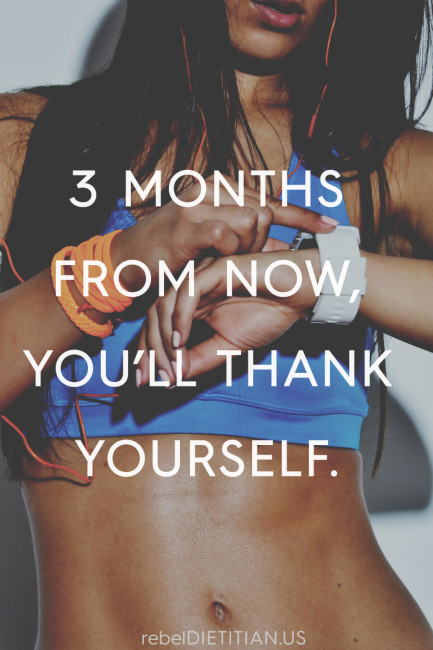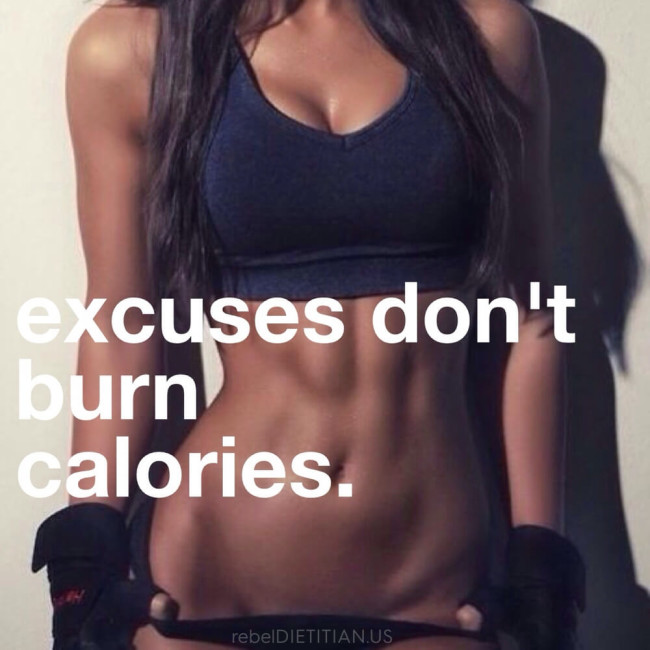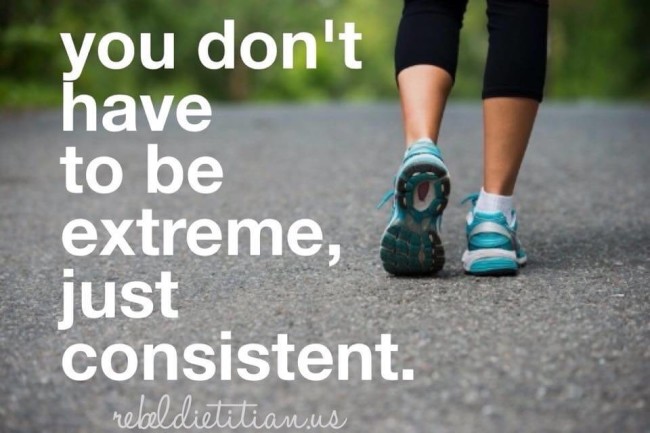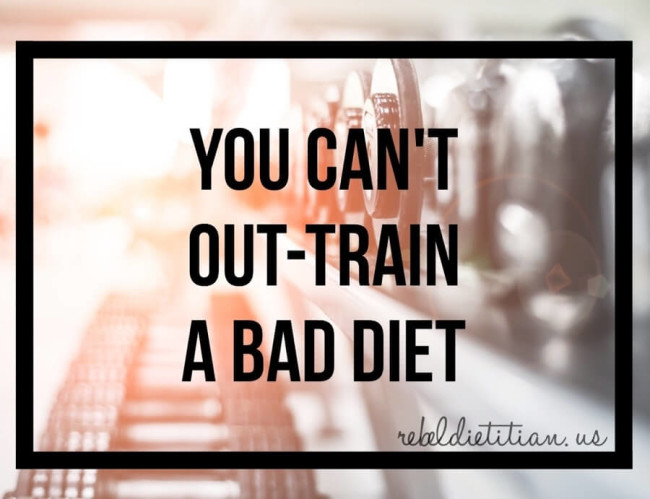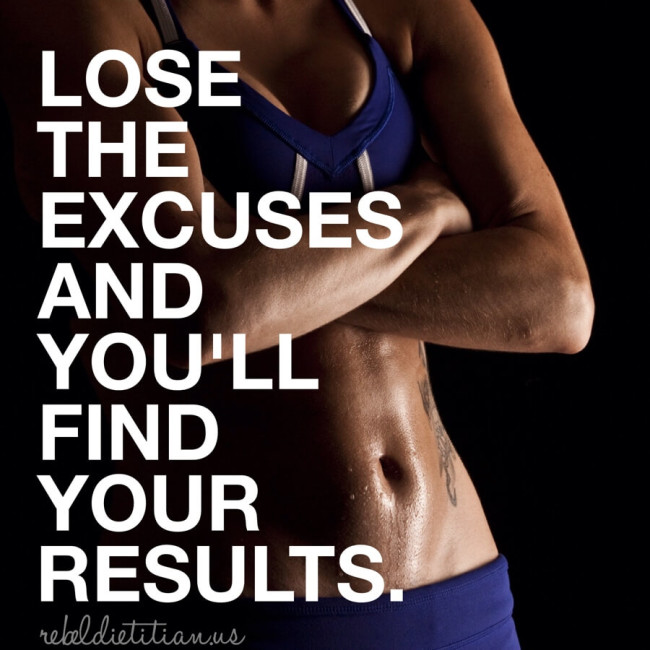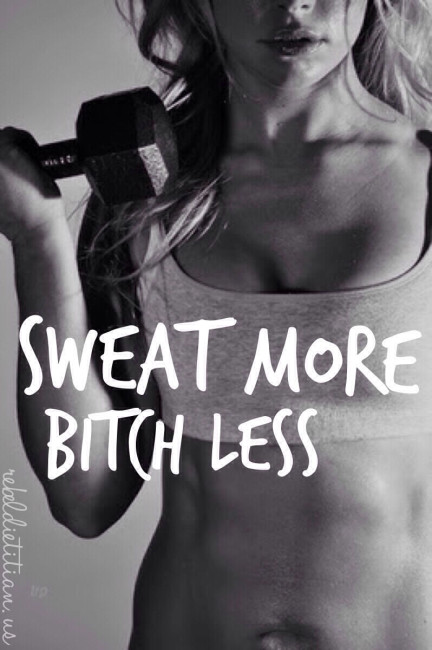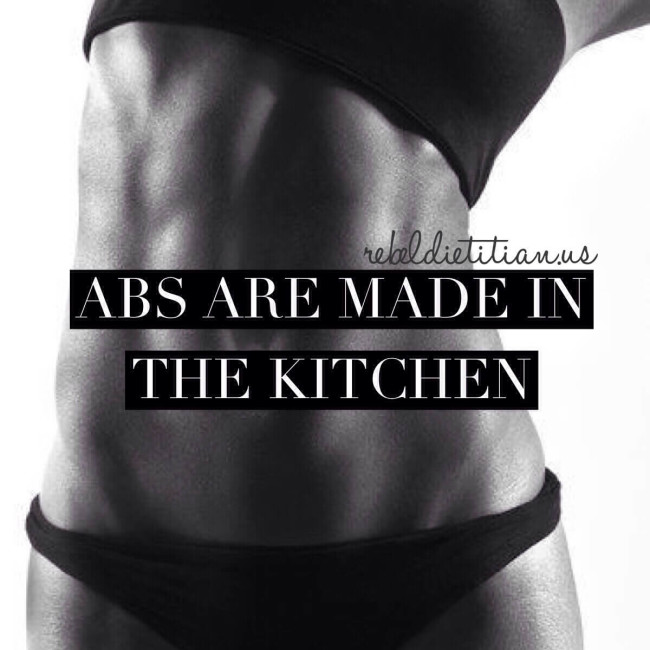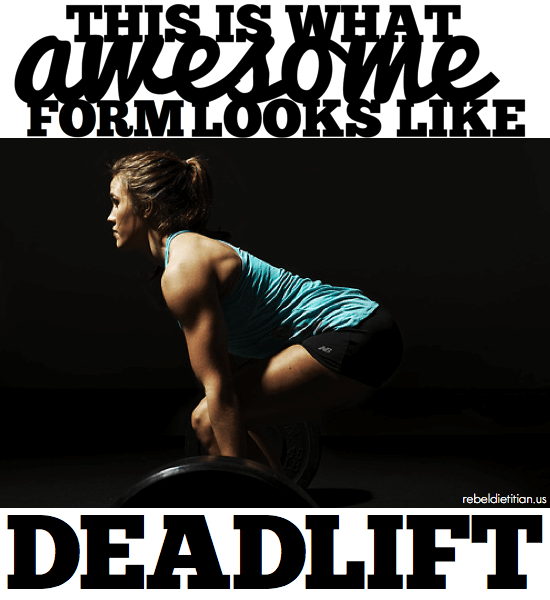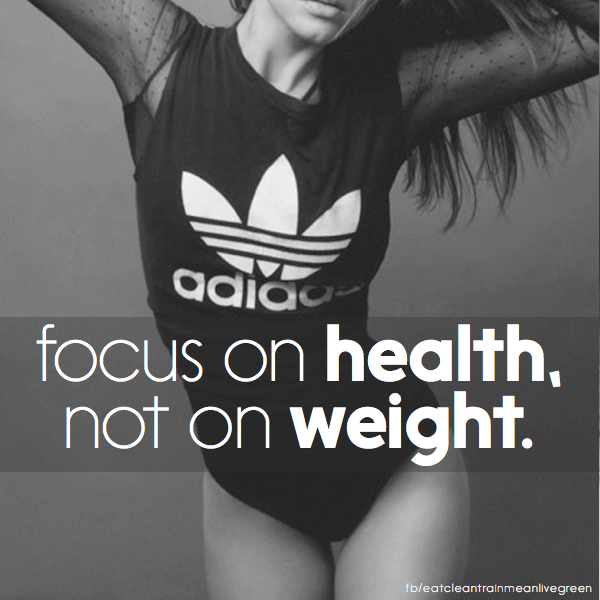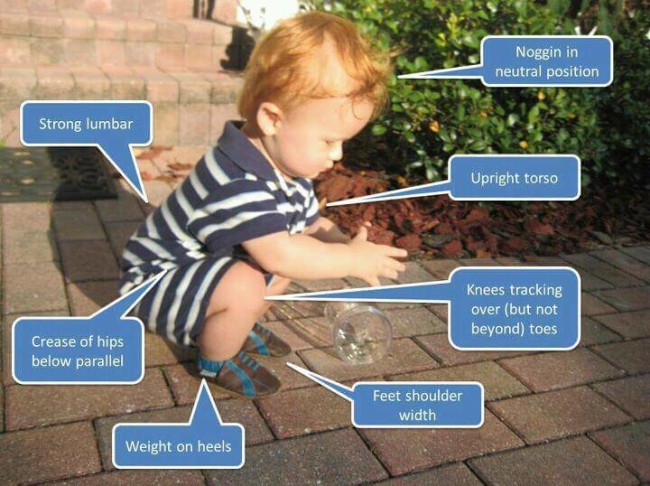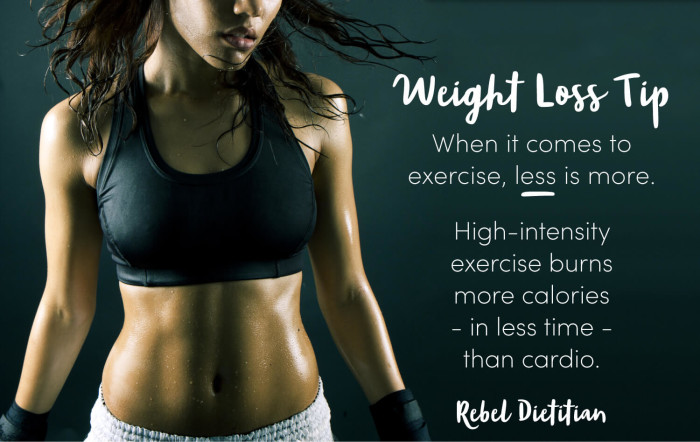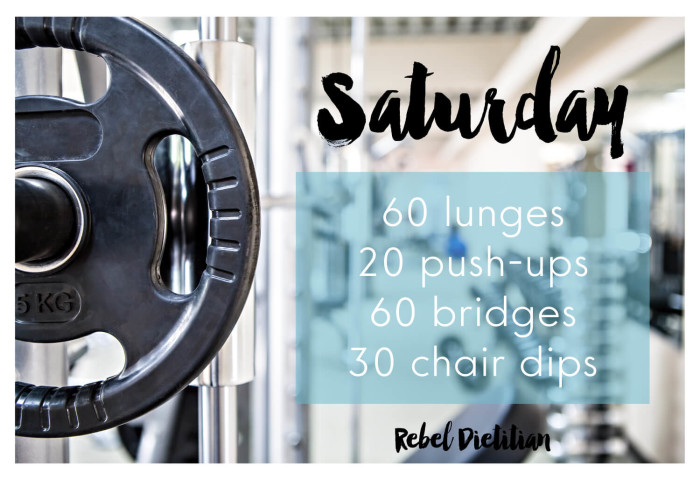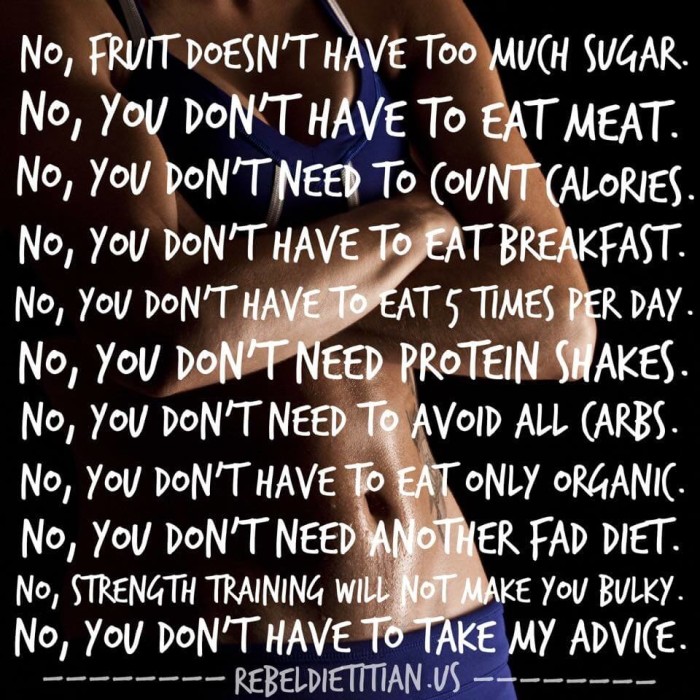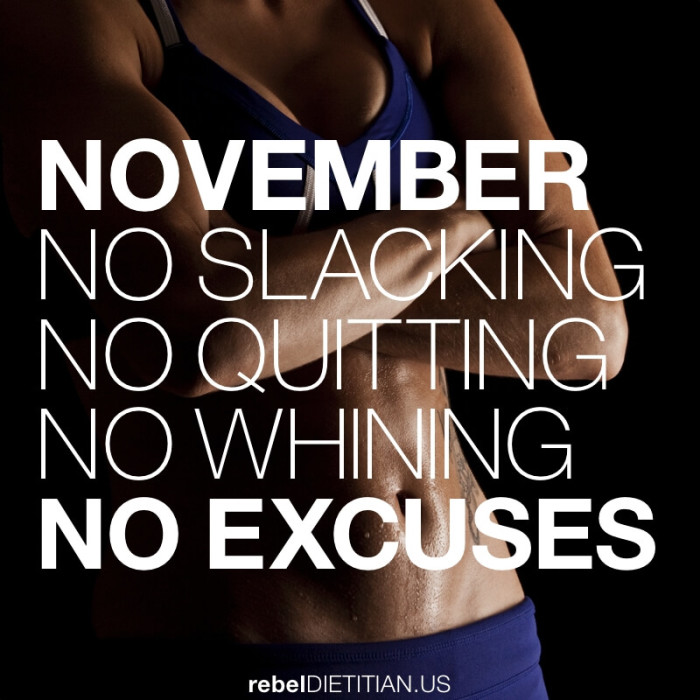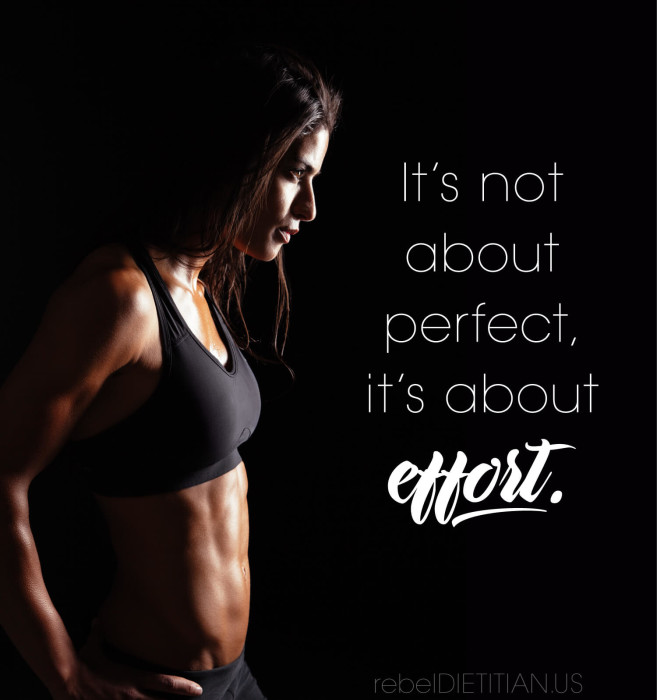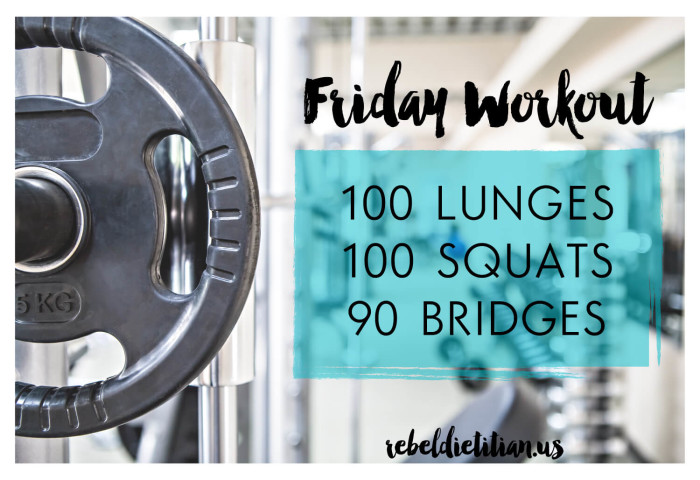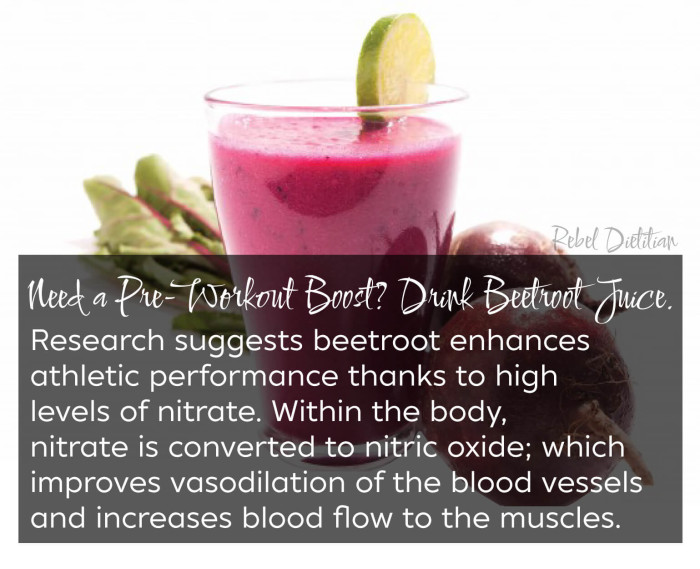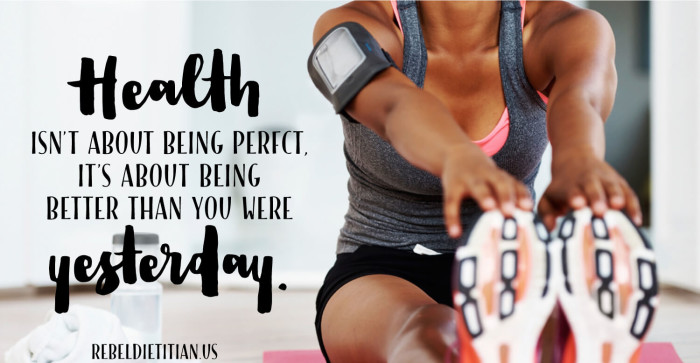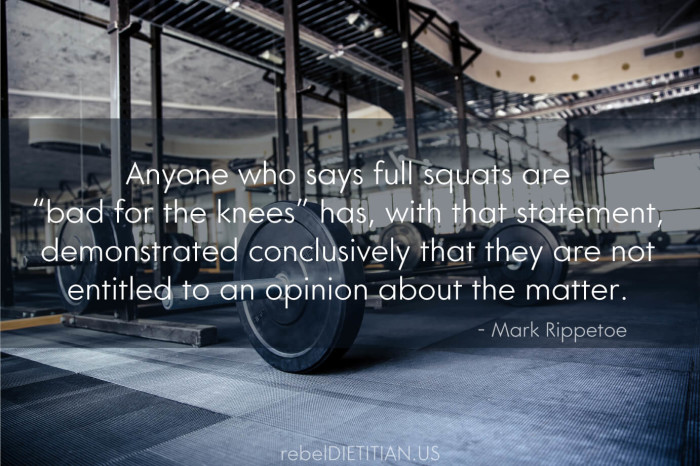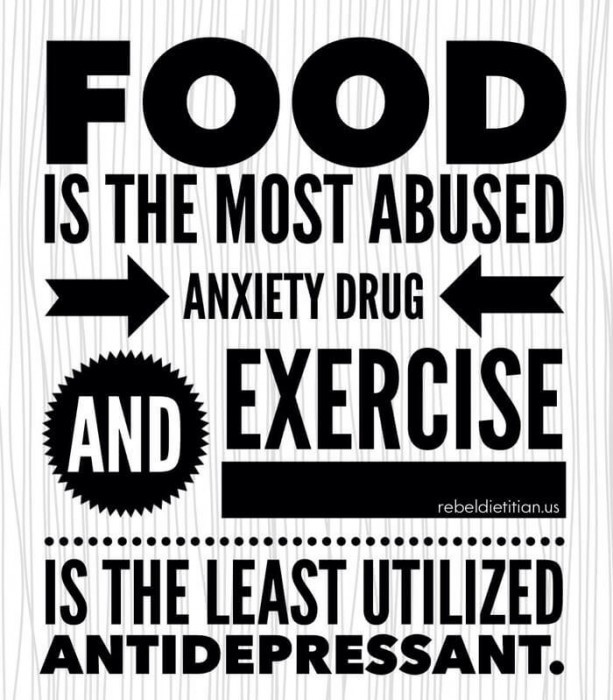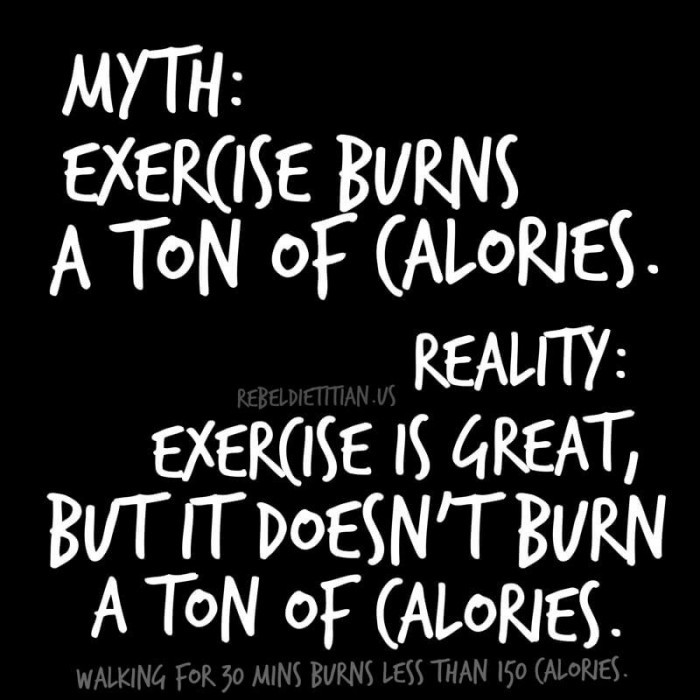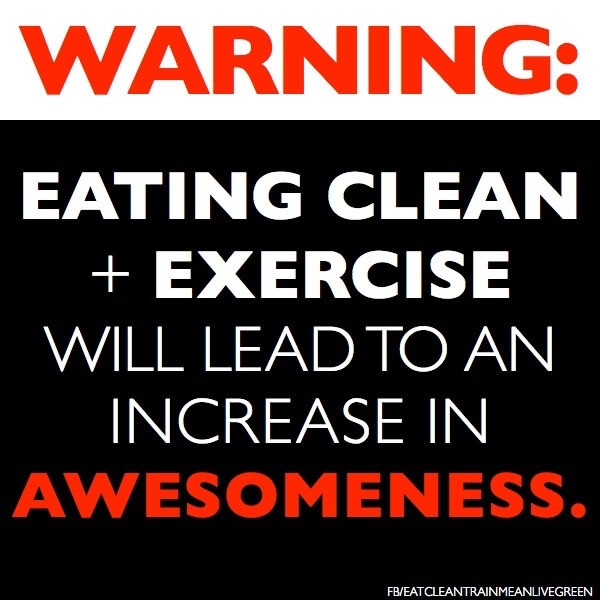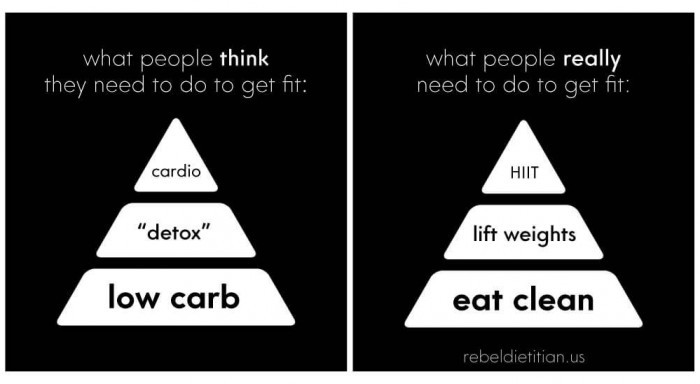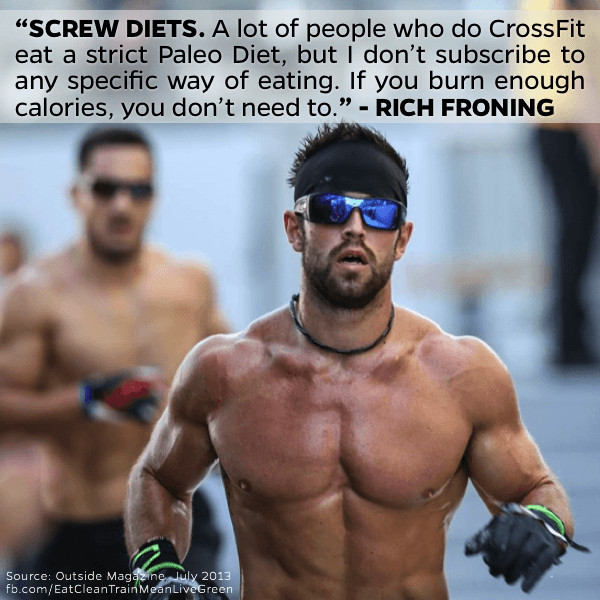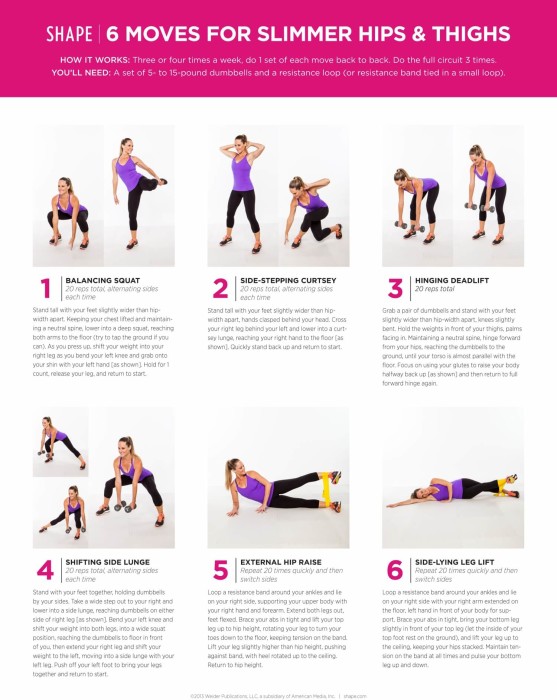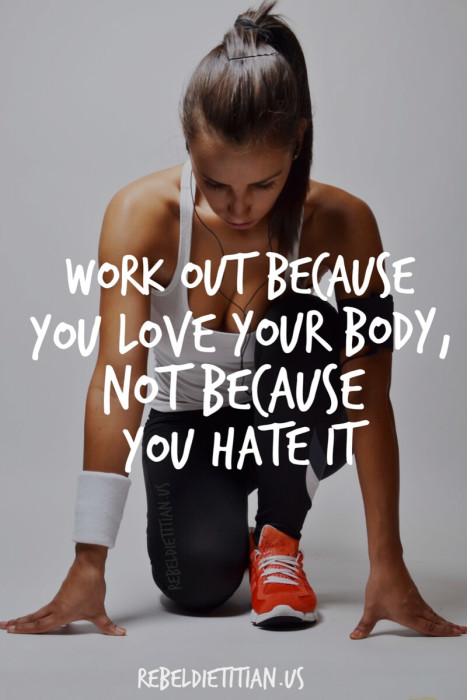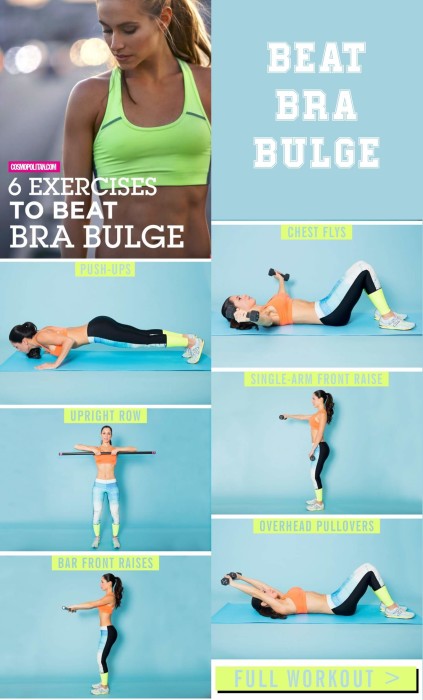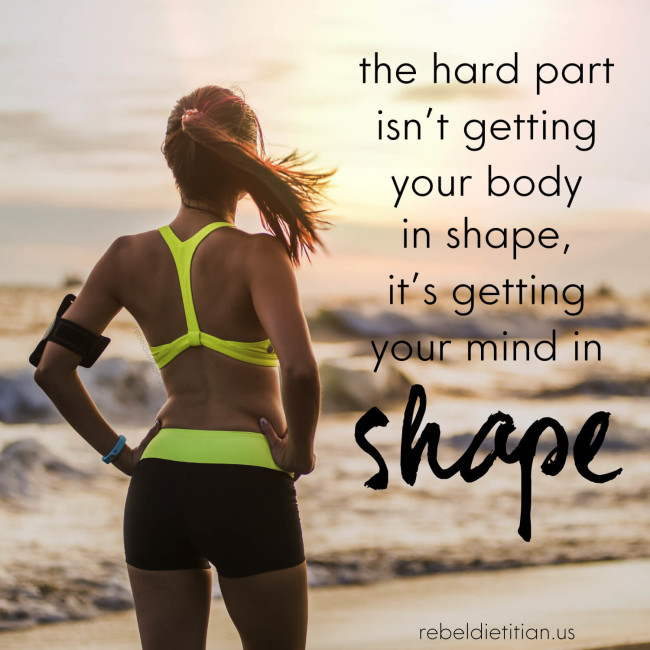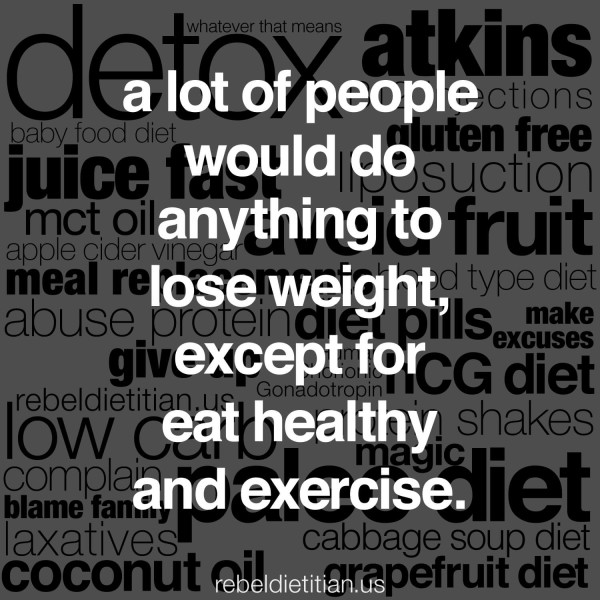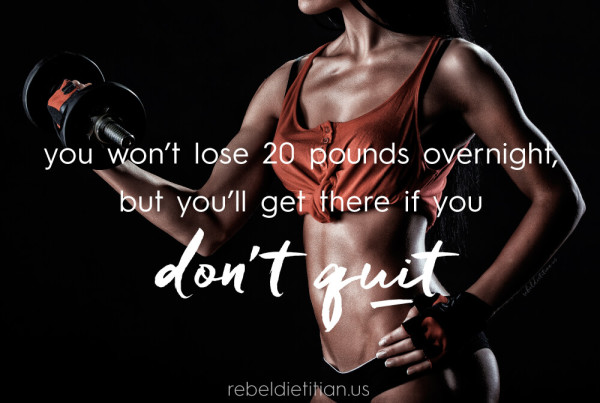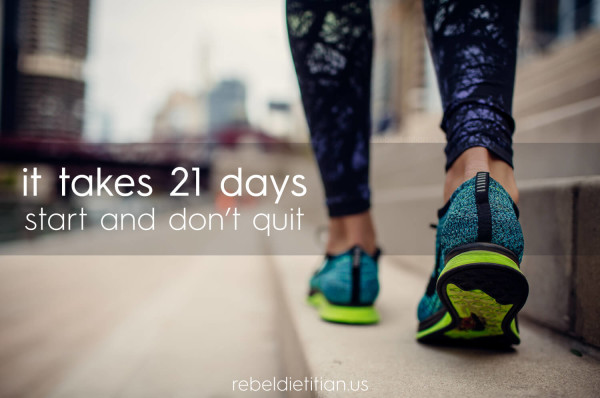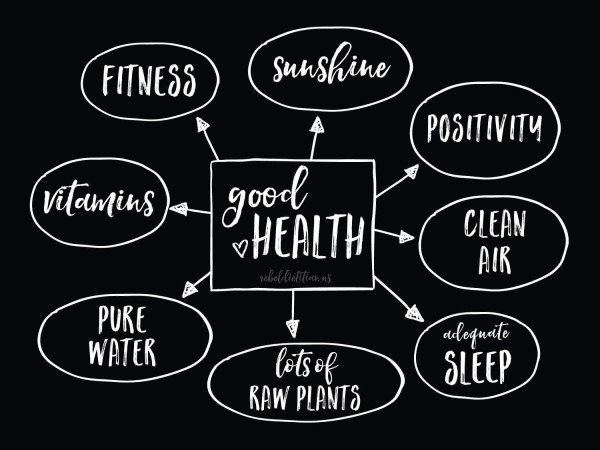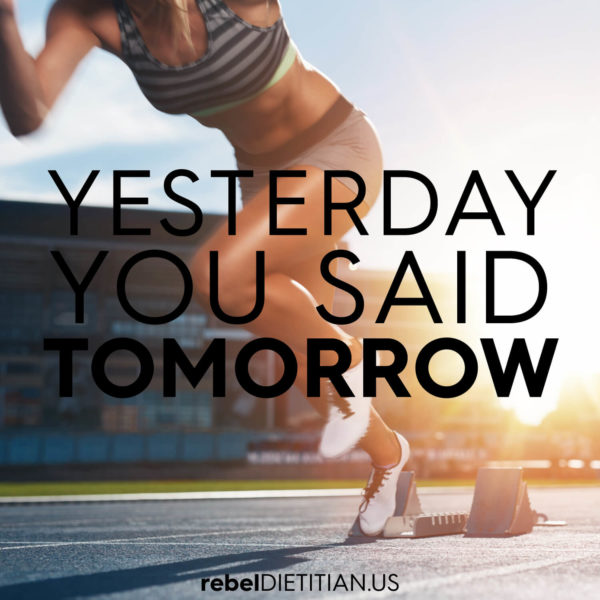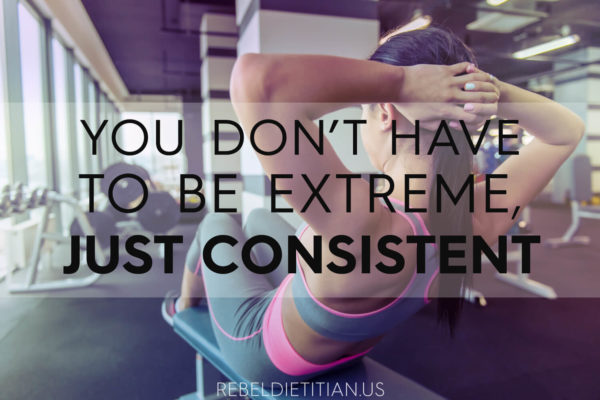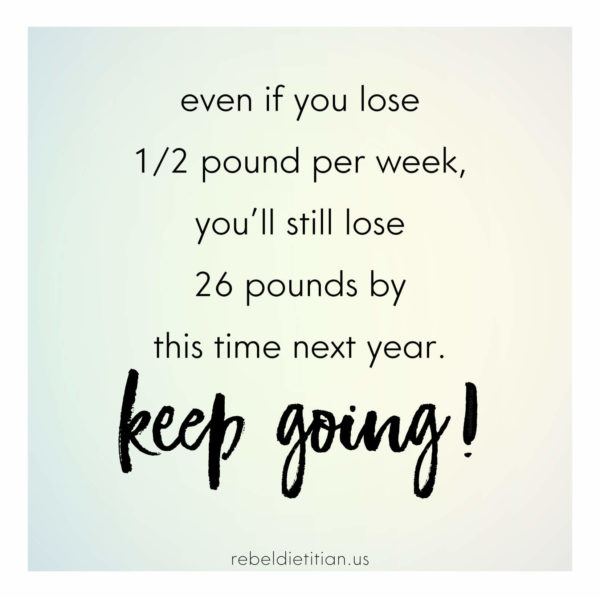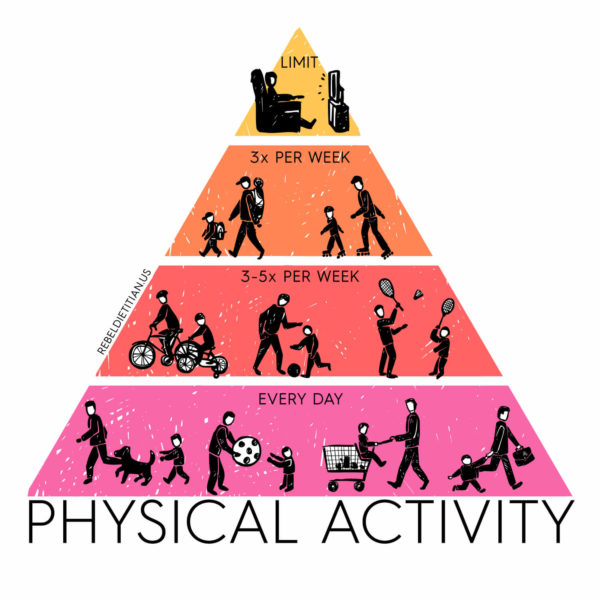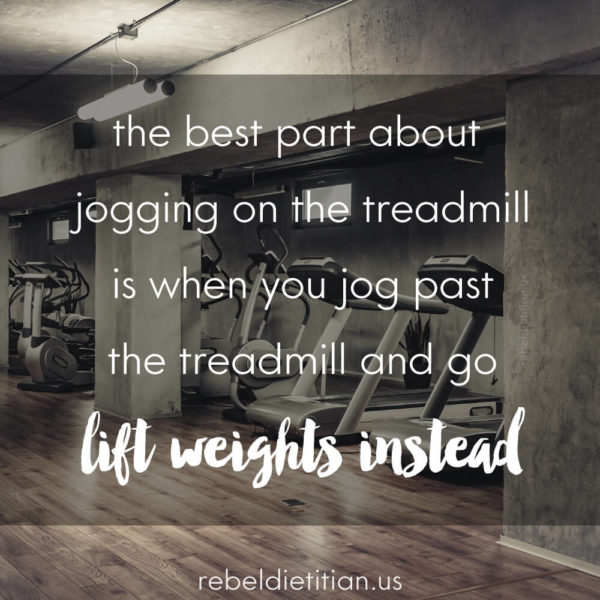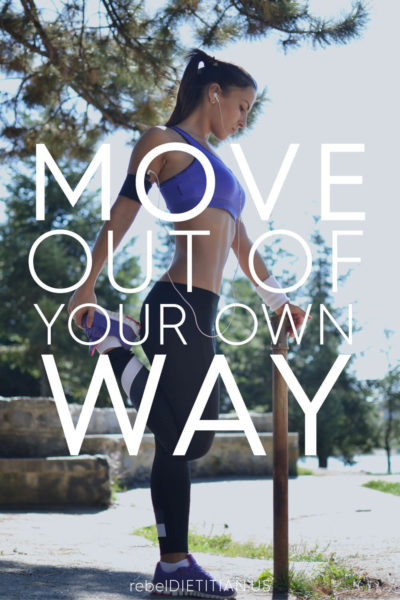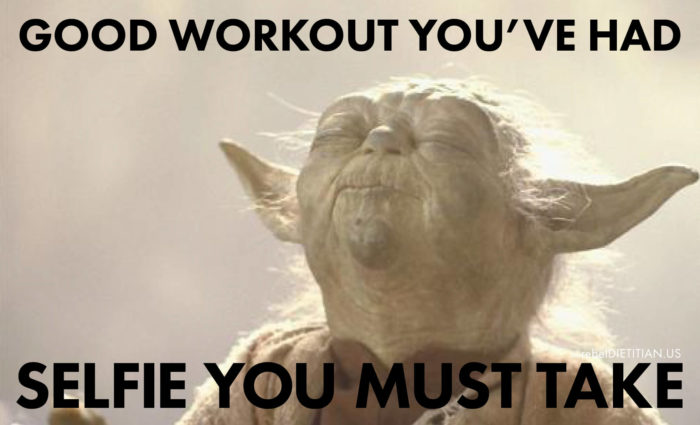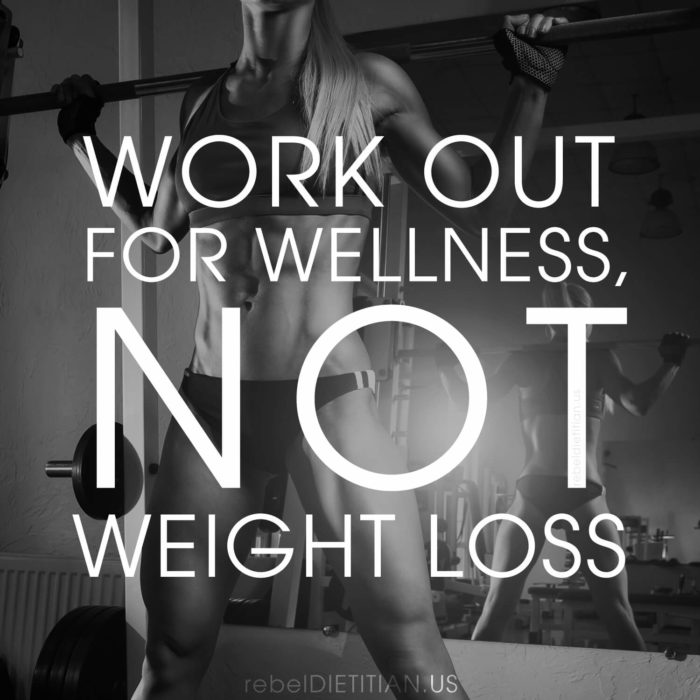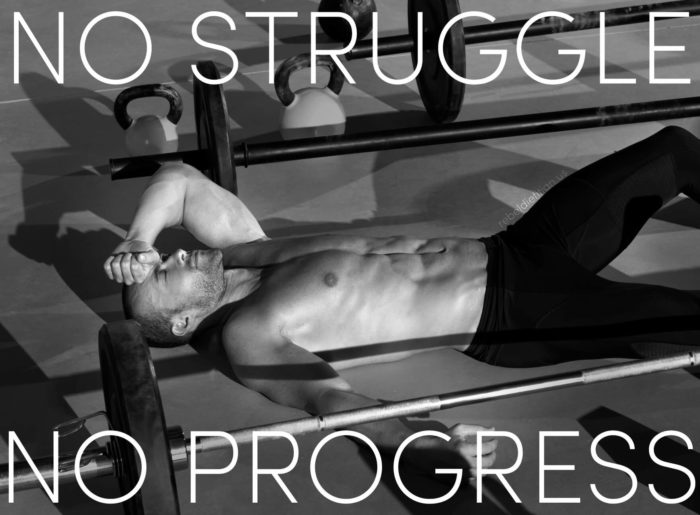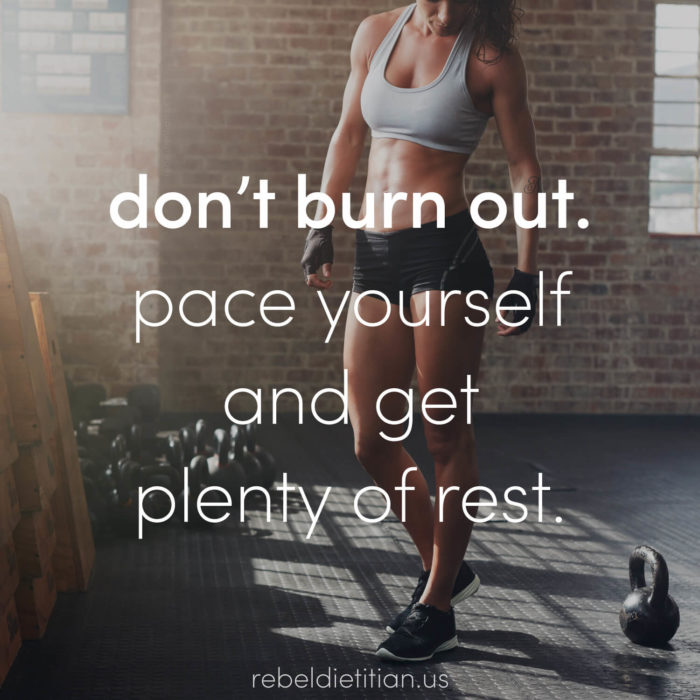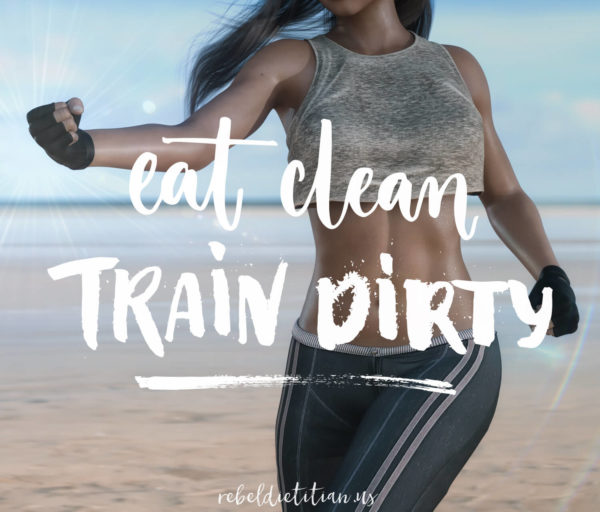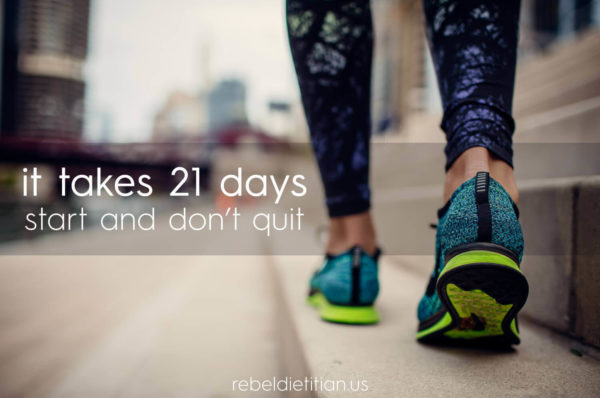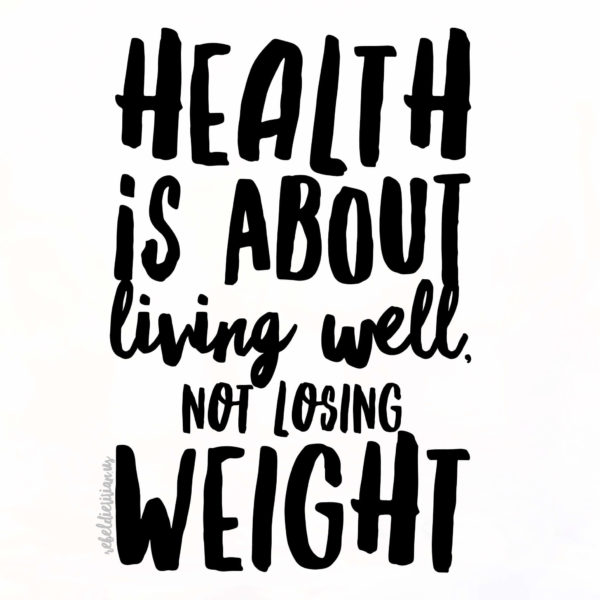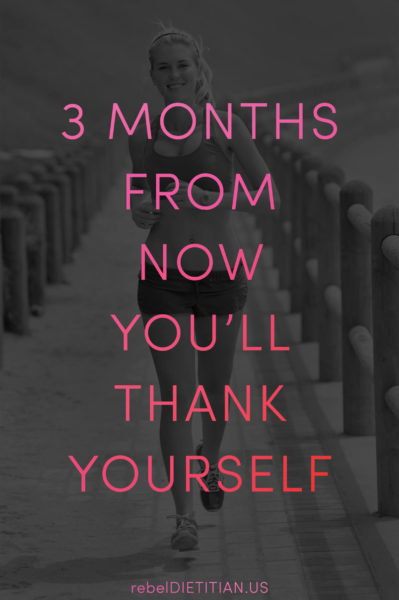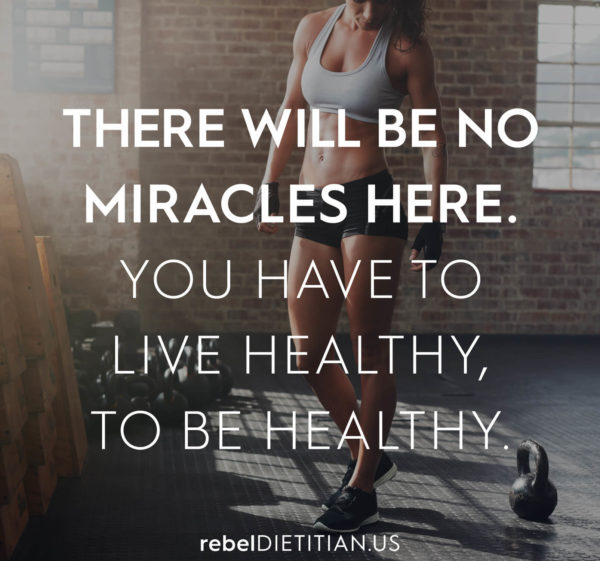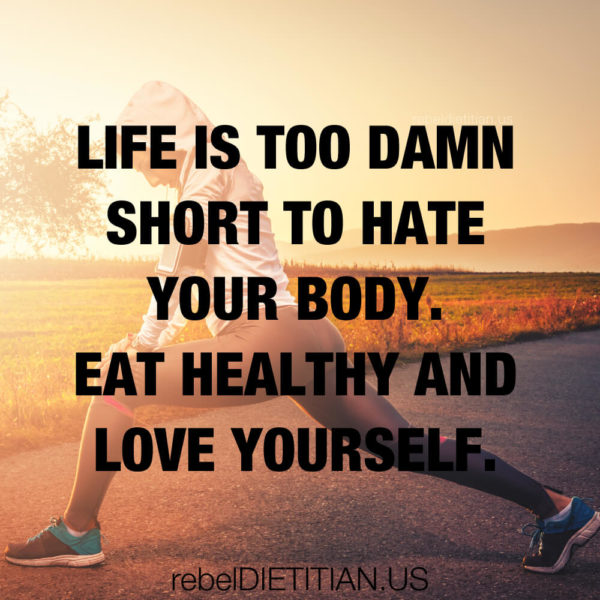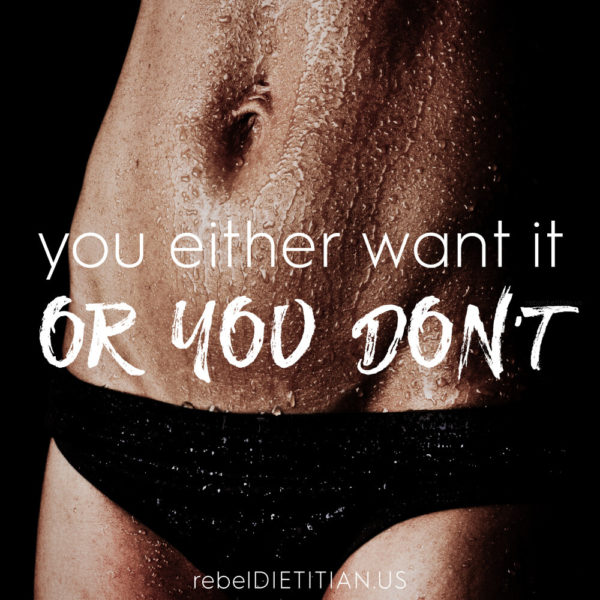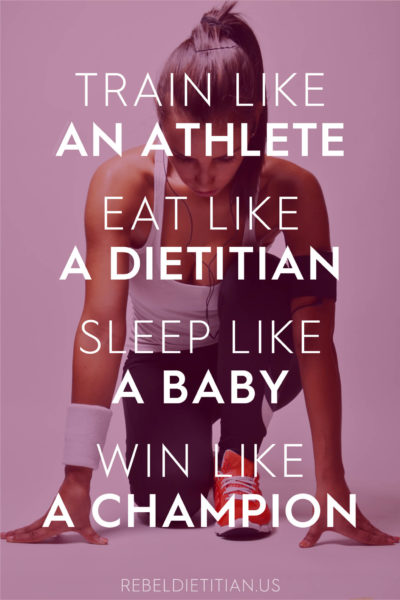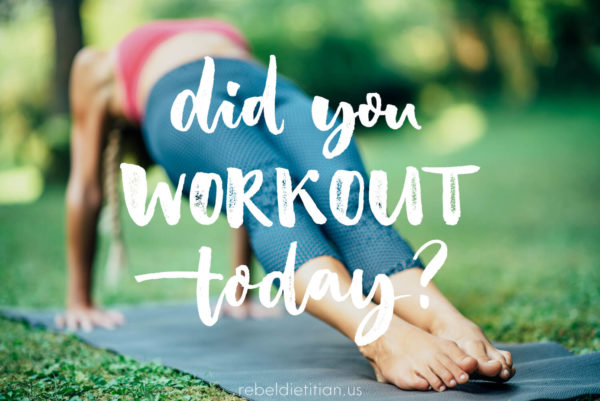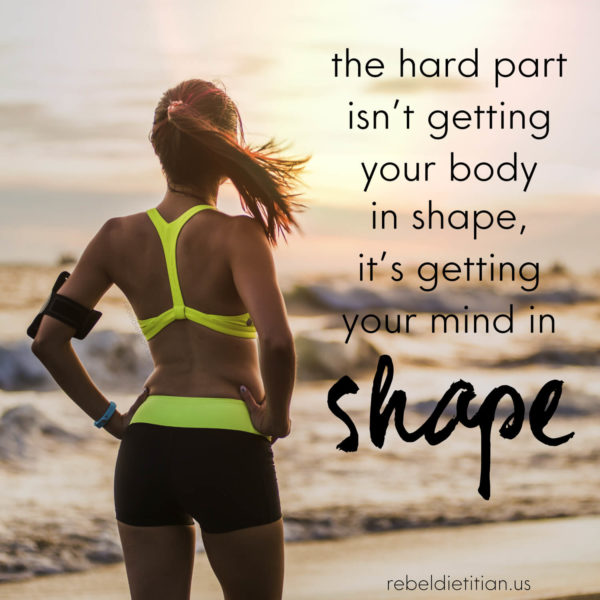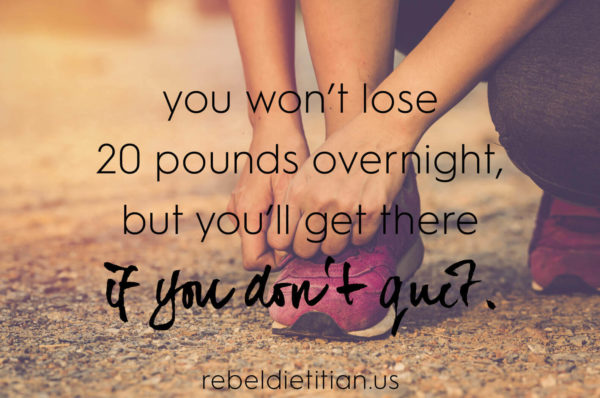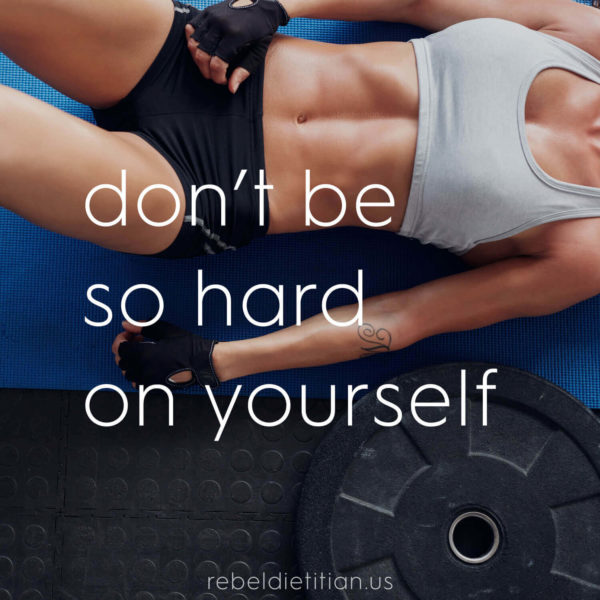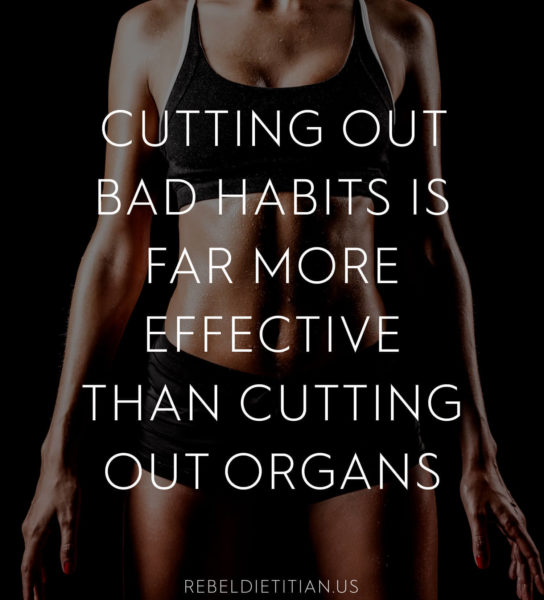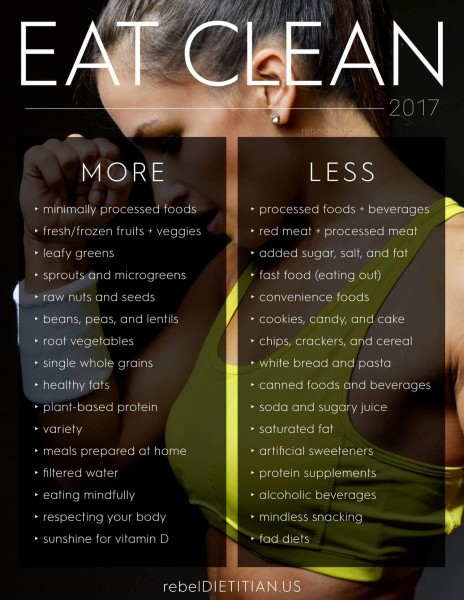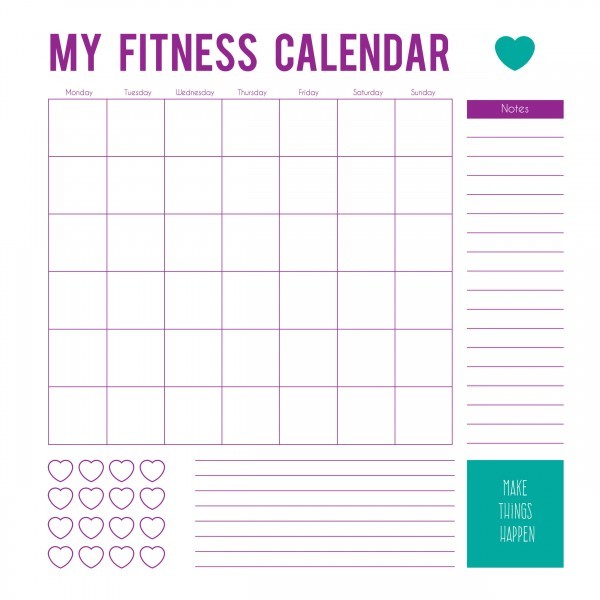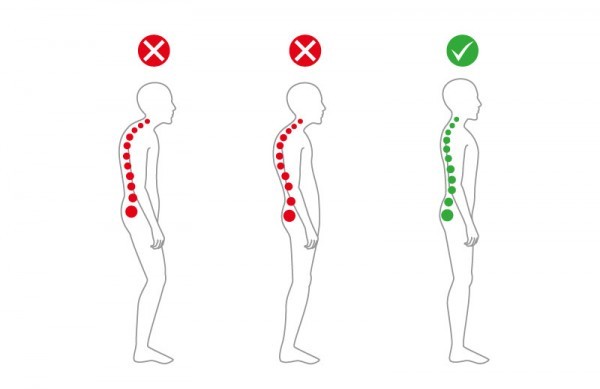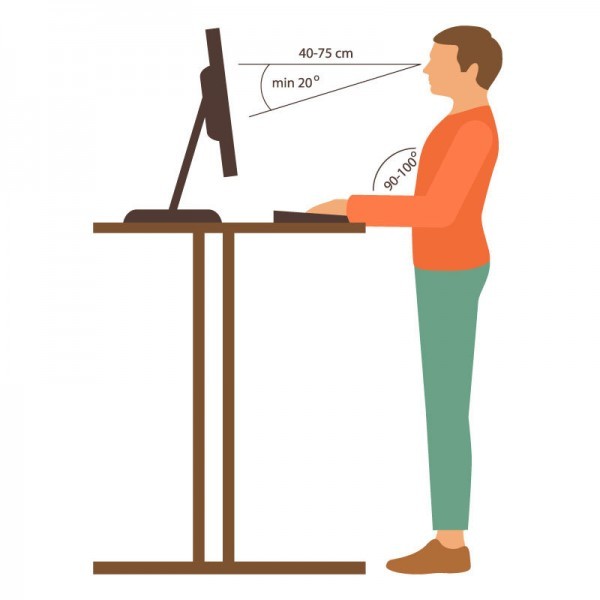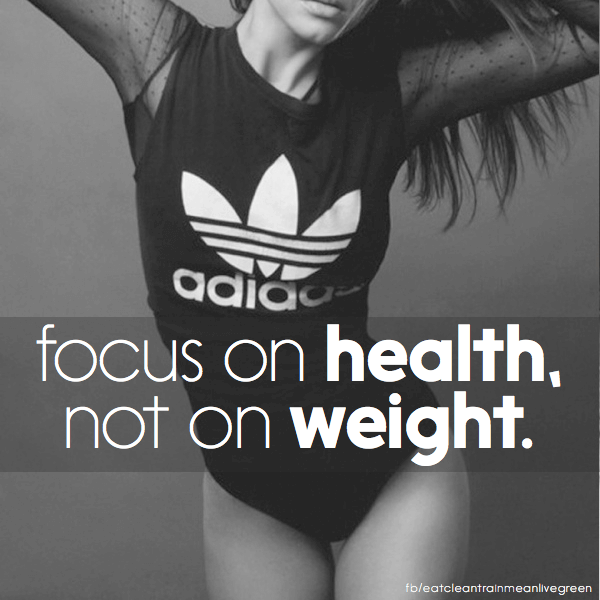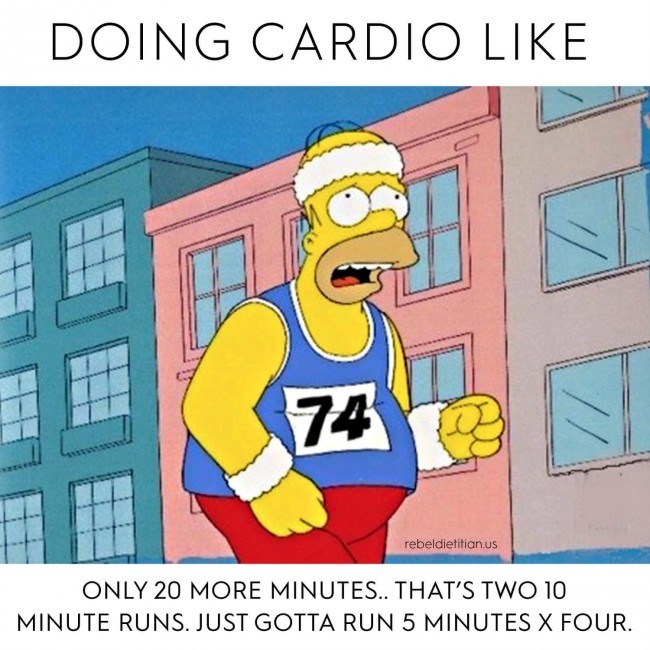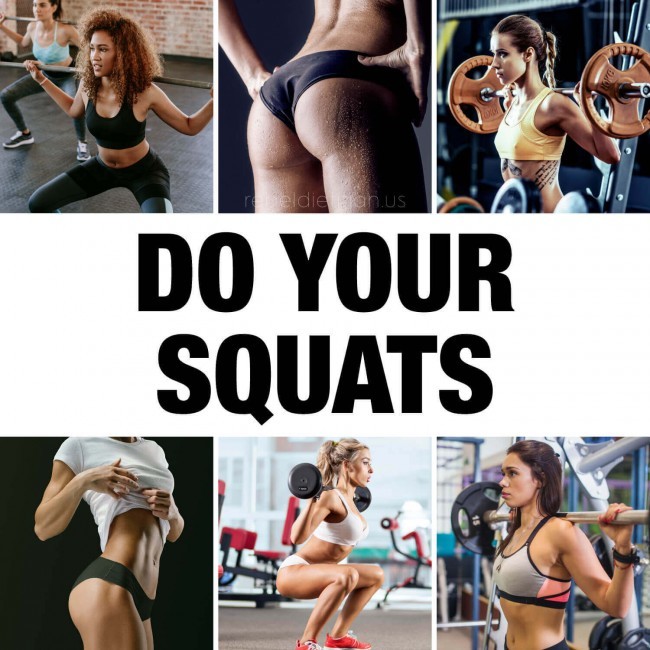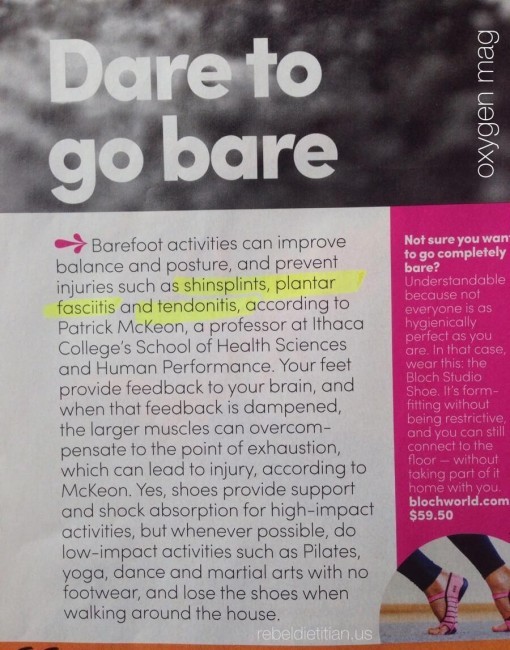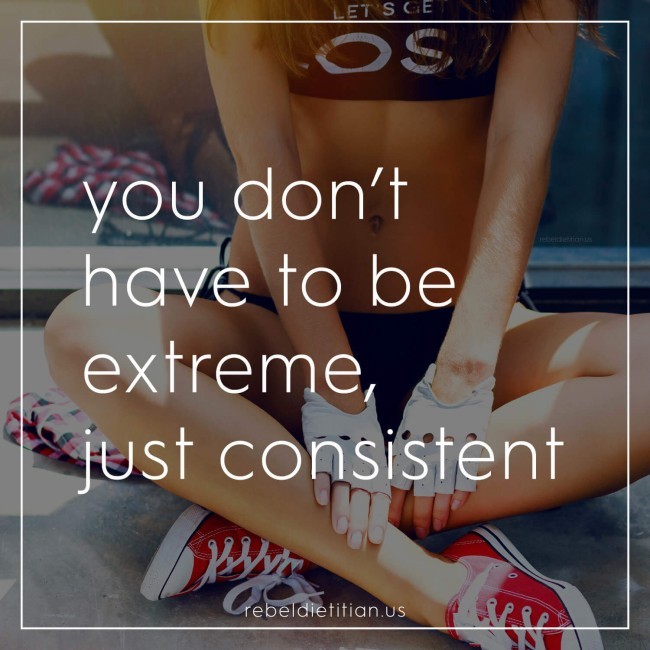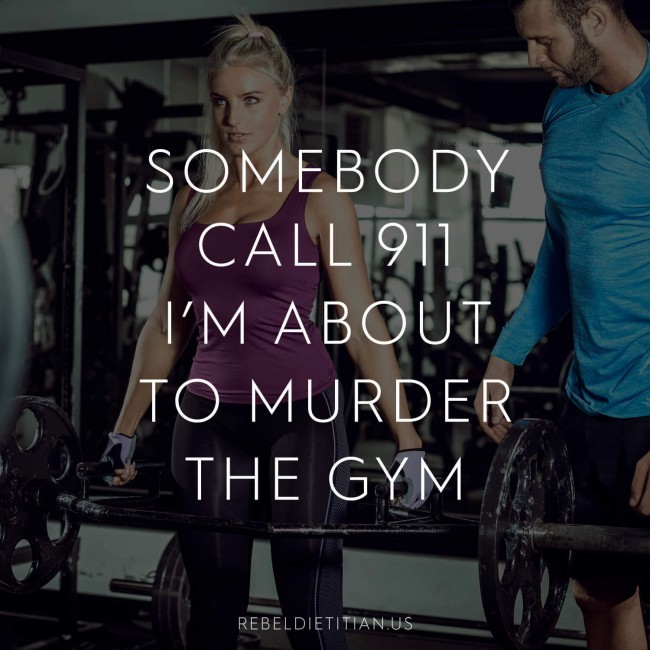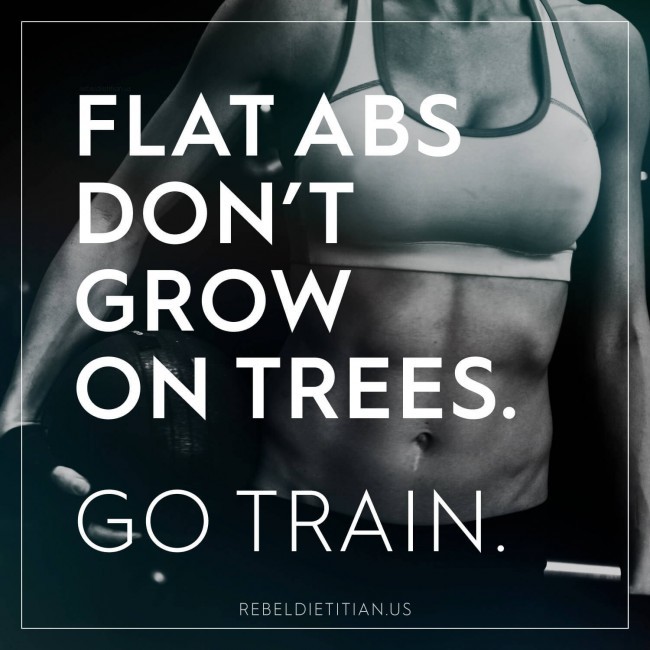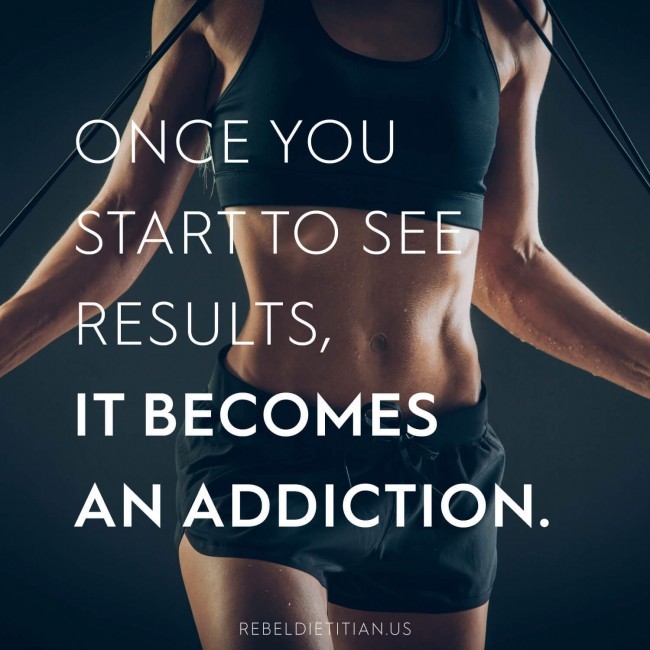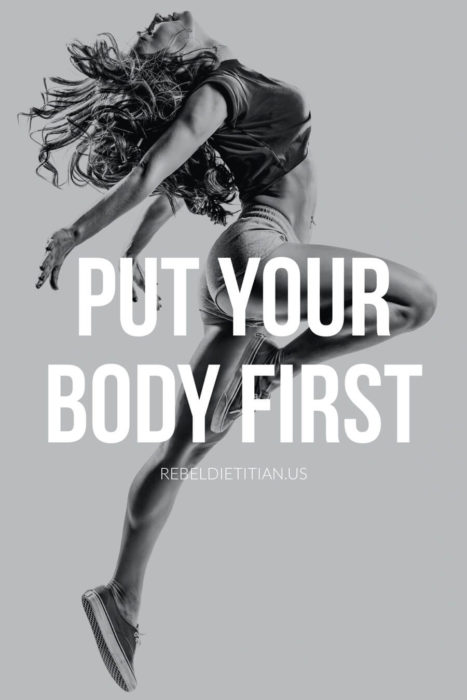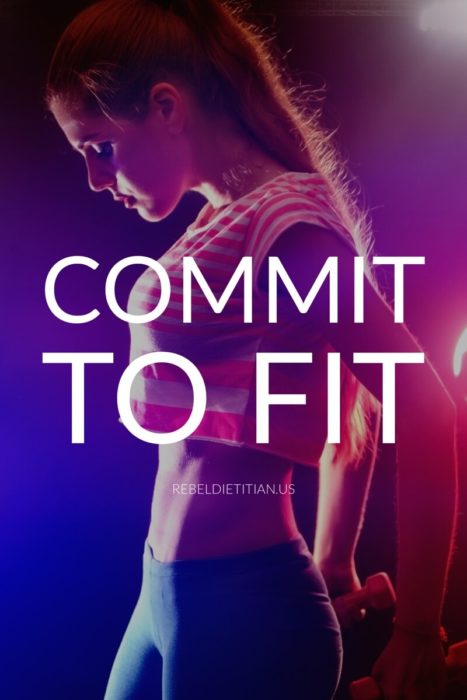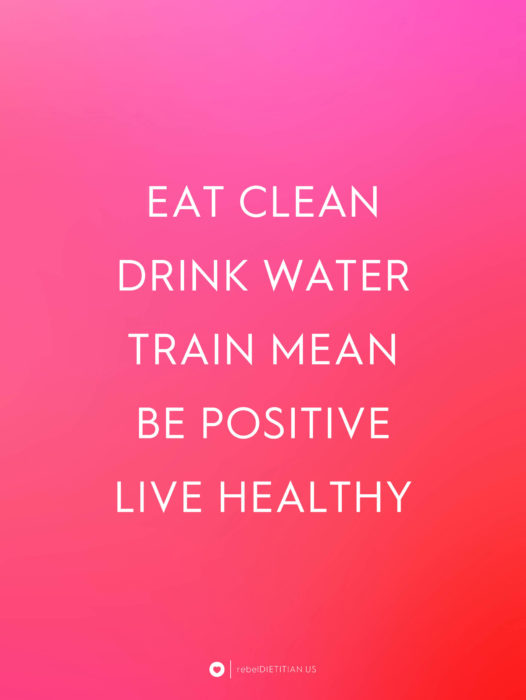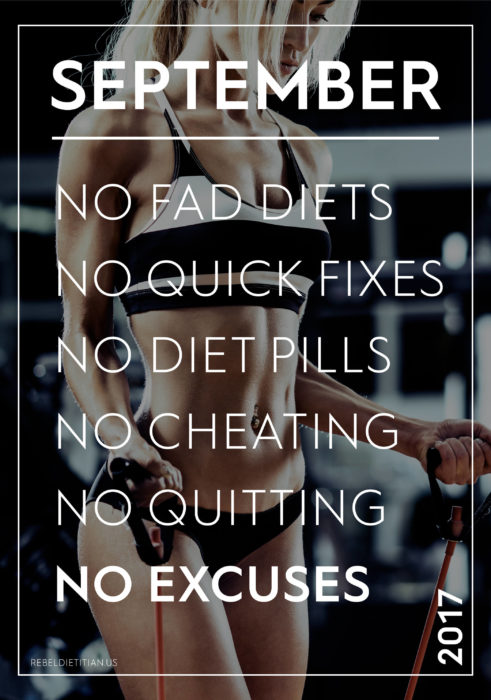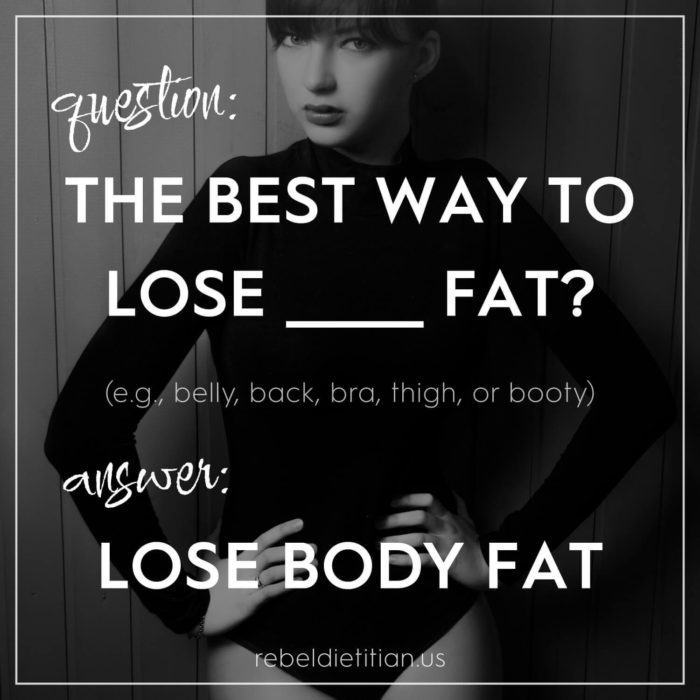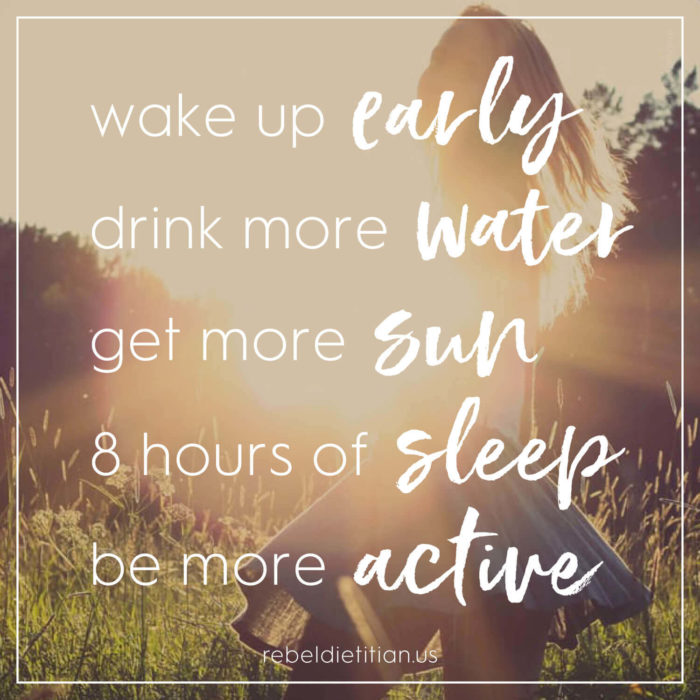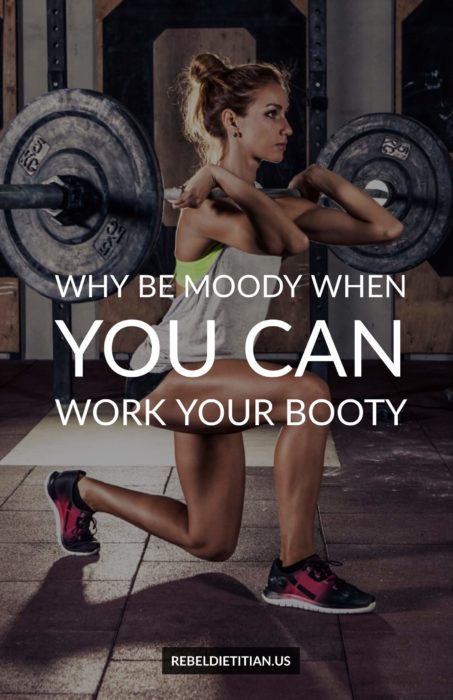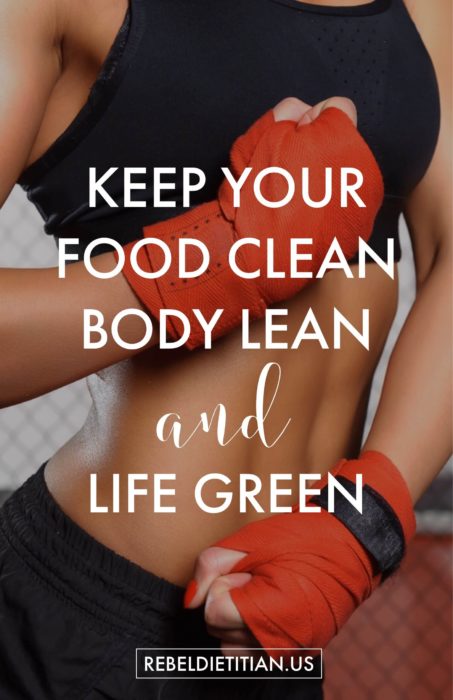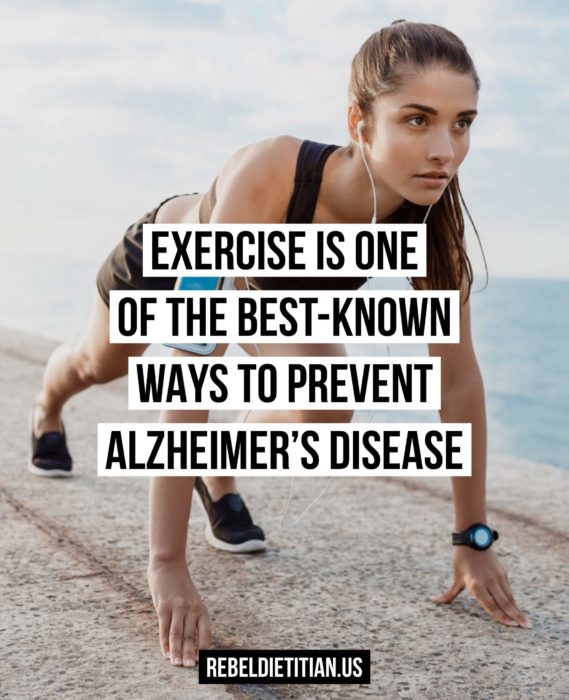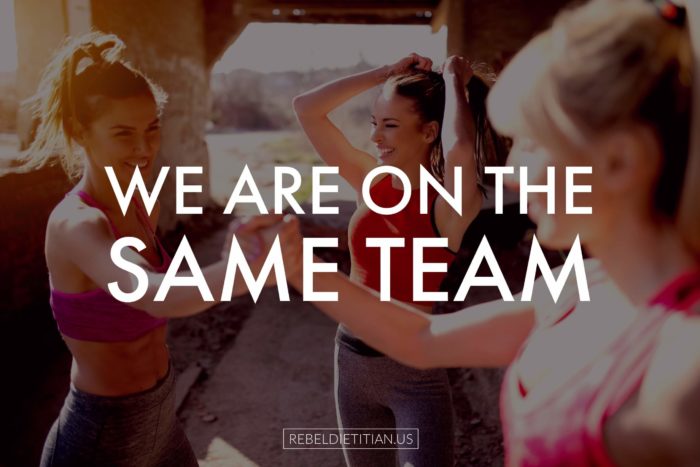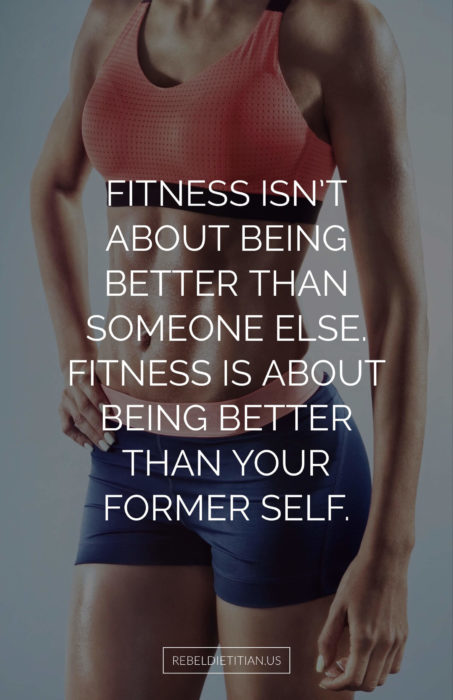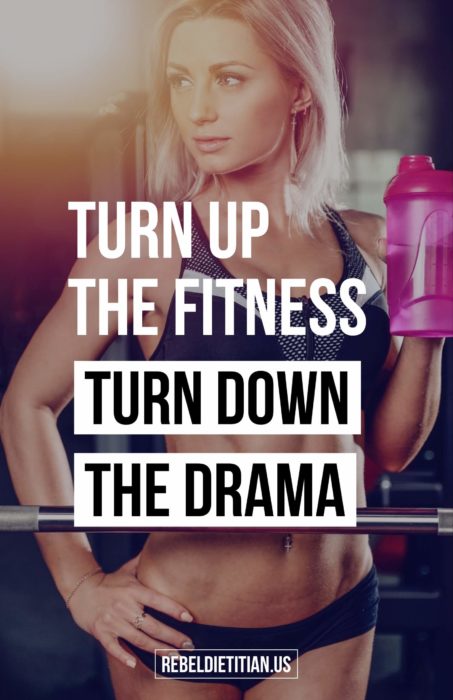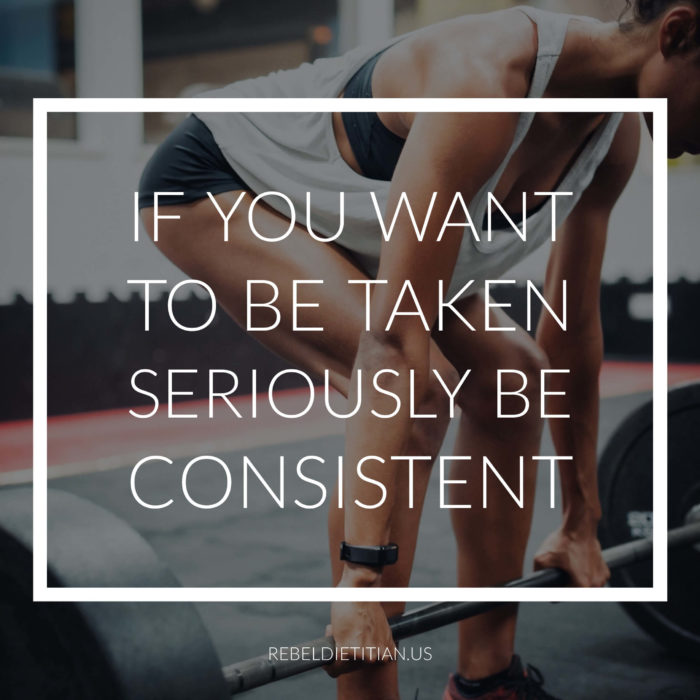Contrary to popular belief, strength and fitness is far more than the 60 minutes we spend in the gym. Opportunities to improve health begin from the moment we wake, until the moment we fall asleep. Just as weight loss is more than what we eat, fitness is more than time spent at the gym. Unfortunately, most adults sit 7 – 15 hours each day. We sit while driving to work, we sit at work, we sit while watching t.v., we sit while playing on the computer, we sit at dinner, and we sit in our bed before we lay down to sleep. When are we not sitting, really? The 60 minutes while you’re at the gym? That’s not enough.
Strength Training
Strength training is a form of physical activity that is designed to improve muscular fitness by exercising a muscle or a muscle group against external resistance. Strength training, like all other fitness-related training activities, requires the design and implementation of an effective program (also known as programming). When combined with proper nutrition, strength training serves to increase strength and power while improving sports performance and body composition. Not to mention, reduce risk of injury.
Examples of strength training activities include weight training and bodyweight training. Weight training can be performed using free weights (e.g., dumbbells), machines (e.g., leg press), or barbells. Examples of bodyweight exercises include walking lunges, push-ups, flat lying glute bridges, chair dips, box jumps, and leg raises. When it comes to barbell training, the major lifts (also known as the big five) include the back squat, deadlift, push press, bench press, and power clean. You can view the instructions for common body weight exercises and my fitness challenges by visiting the page titled Workouts.
The strength training resources I utilized to learn the big lifts include Mark Rippetoe’s Starting Strength Basic Barbell Training book, Basic Barbell Training DVD, and Practical Programming for Strength Training book. I also attended Ripp’s Starting Strength Seminar in Wichita Falls, Texas in 2014.
If you are genuinely interested in barbell training (specifically, barbell training), I highly recommend Mark Rippetoe’s Starting Strength program. Starting Strength has been called “the best and most useful of fitness books” and I would agree.
Interval Training
If you’re serious about shedding body fat, add high-intensity interval training (HIIT) to your current workout. HIIT alternates periods of moderate-to-high intensity effort (such as sprinting) with periods of low-to-moderate intensity effort (like walking or jogging). It is often contrasted with long duration, “Steady-state cardio” (e.g., jogging).
One of the great things about HIIT is flexibility – unlike most specialized training programs, HIIT can be easily modified to meet all ages and fitness levels. Not to mention, is generally considered safe – and beneficial – even in populations with high blood pressure, heart disease, and type 2 diabetes. While it’s often used in the context of sprint intervals, HIIT can actually be employed while running, walking, biking, and swimming – as long as you are alternating periods of moderate-to-high intensity exercise with a short rest period.
The health benefits of interval training include improvements in cardiovascular fitness and strength, fat loss, and reduced risk of developing certain chronic diseases (e.g., obesity and type 2 diabetes). Did I mention shorter workouts? Interval training is usually completed in 15 minute sessions.
When structuring a HIIT program, you need to consider 4 factors: duration, frequency, intensity, and the recovery (or rest period). When it comes to intensity, HIIT generally requires 80% or more of your maximum intensity. In simple terms, you are working at an intensity that makes carrying on a casual conversation difficult.
Sprint intervals are my favorite type of interval training. Do you remember sprinting the 50-yard dash in elementary school? Perfect! Sprint intervals are more or less like sprinting the 50-yard dash, except, a lot of times. No really, sprint intervals consists of sprinting a short distance at maximum intensity (or close to it), and then walking back. Once you are back to the starting line, you sprint at maximum intensity again. Yes, it’s hard work, but sprint intervals are the ticket when it comes to fat loss.
If sprinting is too much for you right now – no worries. Start off slow. Walk fast for 30 seconds, and then slow for 60 seconds, then repeat (do this for 10 – 20 minutes several times per week). With time, you will build up your strength and fitness capabilities.
Walking
When it comes to health and wellness — and achieving sustainable weight loss — walking is one of nature’s best remedies. What’s more, walking is the most eco-friendly form of transportation and it’s free. Walking for just 20 minutes a day has been shown to reduce the risk of obesity, type 2 diabetes, heart disease, cancer, and depression.
In fact, a study published by the University of Utah in 2014 found that women lowered their risk of obesity by 5 percent for every minute of brisk walking they performed throughout the day. In cancer patients, a walking program reduced percent body fat in patients with breast cancer after only 12 weeks.
If walking is new to you, you may feel compelled to purchase athletic shoes with a lot of cushion – don’t. Athletic shoes should protect your feet while supporting natural foot structure; they should not add 2 inches to your height or interfere with gait. Our ancient ancestors did not run in cushioned athletic shoes. Neither do modern day tribes – they run barefoot. If you do decide to transition to minimalist shoes, you should plan to transition gradually over several weeks in order to reduce foot and ankle soreness and reduce risk of injuries.
Rock My Fitness Program
My training program consists of strength training, interval training (sprint intervals), and indoor soccer. Keep in mind, I am not someone who can adhere to strict rules, not even the ones I program for myself. Don’t get me wrong, I’m not trying to imply I slack off (or skip workouts). What I mean is, if I want to modify my programming just a bit for that day (e.g., add something in or take something out), I will. Considering I’m not training for a competitive event, I keep my personal programming fun and flexible.
Strength Training
In general, most of the strength coaches I’ve worked with utilize either the 3 x 10 or 5 x 5 strength training methodology. After experimenting with both methods, I’ve developed a combination approach that includes higher repetitions to warm-up and lower repetitions (5 x 5) to train. Prior to strength training, I do some jogging and stretching. The major barbell lifts I perform include the low bar back squat, deadlift, push press, and bench press. My strength training program varies, but in general, I train each lift twice per week.
The bodyweight exercises I utilize include walking lunges, push-ups, flat lying glute bridges, chair dips, box jumps, and flat lying leg raises. I don’t perform these exercises every time I train. They are there when I feel like I need greater variety, lack access to the gym, or simply want to challenge myself that day. You can view the instructions for common body weight exercises and my fitness challenges by visiting the page titled Workouts.
Sprint Intervals
My favorite HIIT exercise is sprint intervals. I sprint 90 yards, walk 90 yards, and repeat. I do this for 20-30 minutes, 3 times per week. Last, but not least, I play a little bit of indoor soccer whenever possible. Growing up, I played soccer for one of the most competitive soccer clubs in the country, Challenge Soccer Club, and was ultimately awarded a full soccer scholarship to McNeese State University. Soccer is my happy place. 🙂
My Strength Progress
Below is a poster I created to demonstrate my gains in strength and fitness. In summary, I gained 15 pounds (or 15 percent of my total body weight) in a 6 month period using the strength and fitness regimen I described above. Which, is a LOT by anyones standards. Gaining 15 percent of your total body weight without gaining a lot of adipose tissue (I actually lost fat tissue) is difficult for most guys.
And no, I did not use any protein supplements, ergogenic aids, or consume animal products (e.g., meat or dairy). I was vegan then like I’m vegan now (I’ve been vegan for 5+ years). You can learn more about my nutrition philosophy via the page titled Rebel Lifestyle. You can view examples of my food via the page titled Rebel Grub.
FAQs
I don’t want to get too big
I often hear women state that they don’t want to “get too big.” Our goal is to increase lean muscle mass while decreasing fat tissue via a comprehensive strength and fitness program, not simply increase the size of certain muscle groups via isolated training. You can easily increase strength without looking like a powerlifter. If it were that easy to “get big,” men wouldn’t waste their time or energy using dietary supplements, reading fitness and strength magazines, and perusing online resources – they’d just get BIG. Besides, just because someone has big muscles doesn’t mean they are actually strong. Our goal is to actually increase strength and power, not just look strong.
I don’t want to get too bulky
I’m not sure what “bulky” even means, but it’s important to understand that strength is not equivalent with bodybuilder physique. Professional bodybuilders (both male and female) utilize a very specific training method including “bulking and cutting” as well as ergogenic aids (e.g., steroids, protein supplements, and diuretics) to achieve their desired look.
What are your thoughts about cutting and bulking?
Not good, using anabolic steroids and engaging in the act of “cutting and bulking” isn’t healthy long-term. You can get lean without bulking.
How do I get 6-pack abs?
You don’t. The girls who flaunt 6-pack abs on the cover of fitness magazines are fitness models – not real athletes. In order for a female to get 6-pack abs like the fitness models seen on the cover of fitness magazines, you need to use diuretics and female steroids. Most athletes are not super ripped as a certain percentage of body fat is required for optimal athletic performance.
Muscle striations are not normally visible in well-nourished, hydrated individuals. As I briefly mentioned above, this look is achieved by using diuretics (to promote dehydration), anabolic steroids, and extreme carbohydrate restriction (which, serves to further enhance dehydration). Dehydration is desired to achieve visible muscle striation.
My point is, fitness models get ripped for photoshoots using practices that are unnatural and unhealthy long-term. Competitive female athletes, on the other hand, avoid dehydration and carbohydrate restriction as these practices severely hinder athletic performance, and instead, achieve their physique through proper nutrition and exercise.
Thoughts about pre-workout?
The active ingredient in most pre-workout supplements is caffeine. Caffeine is added to pre-workout supplements because caffeine increases power and intensity, and reduces fatigue during exercise. Not to mention, reduces delayed onset muscle soreness (DOMS) after training. Unfortunately, pre-workout supplements also contain a whole host of other ingredients, which may be harmful to health or even illegal.
An alternative to pre-workout supplements would be pure anhydrous caffeine (e.g., 200 mg tablets); which, can be purchased OTC at most grocery stores and pharmacies. I have a poster about the benefits of caffeine on athletic performance in the photo gallery below.
Learn More
Rebel Lifestyle
To learn more about my lifestyle, click here.
Rebel Grub
To view photos of my clean and green grub, click here.
Bodyweight Exercises
To view the instructions for common bodyweight exercises and previous fitness challenges, visit the page titled Workouts.
Posters and Charts
To view my posters and charts, click here.
Shopping Lists
To view my shopping lists, click here.
Meal Planning
To view meal planning information and inspiration, click here.
Pinterest and Facebook
Train Mean
Except where otherwise noted, content on this site is licensed under a CC BY-NC-ND 4.0 license. This means you are free to use my work for personal use (e.g., save the file to your computer or share via social media) as long as you do not modify the image or use the image for commercial purposes ($).
References:
Owen N, Healy GN, Matthews CE, Dunstan DW. Too much sitting: the population health science of sedentary behavior. Exerc Sport Sci Rev. 2010;38:105–113. doi: 10.1097/JES.0b013e3181e373a2.
Wilmot EG, Edwardson CL, Achana FA, Davies MJ, Gorely T, Gray LJ, Khunti K, Yates T, Biddle SJ. Sedentary time in adults and the association with diabetes, cardiovascular disease and death: systematic review and meta-analysis. Diabetologia. 2012;55:2895–2905. doi: 10.1007/s00125-012-2677-z.
Levine JA, et al. Move a Little, Lose a Lot. New York, N.Y.: Crown Publishing Group; 2009:26.
Matthews CE, et al. Amount of time spent in sedentary behaviors and cause-specific mortality in US adults. The American Journal of Clinical Nutrition. 2012;95:437.
Lee IM, Shiroma EJ, Lobelo F, Puska P, Blair SN, Katzmarzyk PT. Effect of physical inactivity on major non-communicable diseases worldwide: an analysis of burden of disease and life expectancy. Lancet. 2012;380:219–229. doi: 10.1016/S0140-6736(12)61031-9.
Healy GN, Dunstan DW, Salmon J, Cerin E, Shaw JE, Zimmet PZ, Owen N. Breaks in sedentary time: beneficial associations with metabolic risk. Diabetes Care. 2008;31:661–666. doi: 10.2337/dc07-2046.
Rutten GM, Savelberg HH, Biddle SJ, Kremers SP. Interrupting long periods of sitting: good STUFF. Int J Behav Nutr Phys Act. 2013;10:1.
Hamilton MT, Hamilton DG, Zderic TW. Role of low energy expenditure and sitting in obesity, metabolic syndrome, type 2 diabetes, and cardiovascular disease. Diabetes. 2007;56:2655–2667. doi: 10.2337/db07-0882.
Yates T, Wilmot EG, Khunti K, Biddle S, Gorely T, Davies MJ. Stand up for your health: Is it time to rethink the physical activity paradigm? Diabetes Res Clin Pract. 2011;93:292–294. doi: 10.1016/j.diabres.2011.03.023.
E f graves L, C murphy R, Shepherd SO, Cabot J, Hopkins ND. Evaluation of sit-stand workstations in an office setting: a randomised controlled trial. BMC Public Health. 2015;15:1145.
Thorp AA, Kingwell BA, Owen N, Dunstan DW. Breaking up workplace sitting time with intermittent standing bouts improves fatigue and musculoskeletal discomfort in overweight/obese office workers. Occup Environ Med. 2014;71(11):765-71.
Thorp AA, Kingwell BA, English C, et al. Alternating Sitting and Standing Increases the Workplace Energy Expenditure of Overweight Adults. J Phys Act Health. 2015;
Gómez-Cabello A, et al. Sitting time increases the overweight and obesity risk independently of walking time in elderly people from Spain. Maturitas. 2012 Dec;73(4):337-43.
Chaput JP, et al. Workplace standing time and the incidence of obesity and type 2 diabetes: a longitudinal study in adults. BMC Public Health. 2015 Feb 10;15:111.
Alkhajah TA, Reeves MM, Eakin EG, Winkler EA, Owen N, Healy GN. Sit-stand workstations: a pilot intervention to reduce office sitting time. Am J Prev Med. 2012;43(3):298-303.
Kim JJ, Shin YA, Suk MH. Effect of a 12-week walking exercise program on body composition and immune cell count in patients with breast cancer who are undergoing chemotherapy. J Exerc Nutrition Biochem. 2015;19(3):255-62.
Ormsbee MJ, Bach CW, Baur DA. Pre-exercise nutrition: the role of macronutrients, modified starches and supplements on metabolism and endurance performance. Nutrients. 2014;6(5):1782-808.
Ormsbee M.J., Lox J., Arciero P.J. Beetroot Juice and Exercise Performance. J. Int. Soc. Sports Nutr. 2013;5:27–35.
 Rebel Dietitian Dana McDonald, RD
Rebel Dietitian Dana McDonald, RD 
